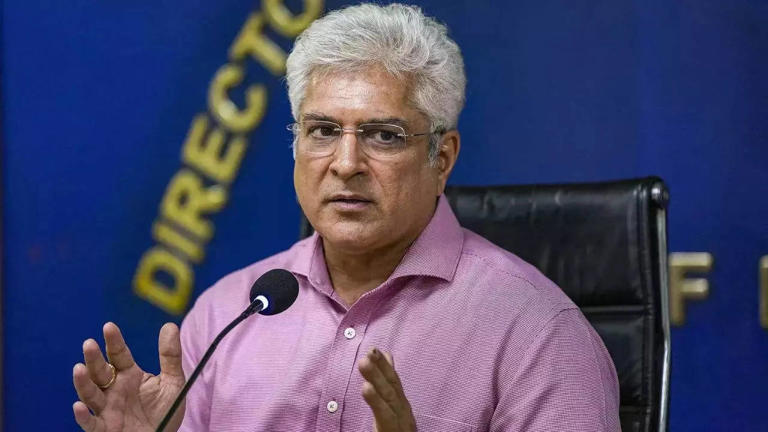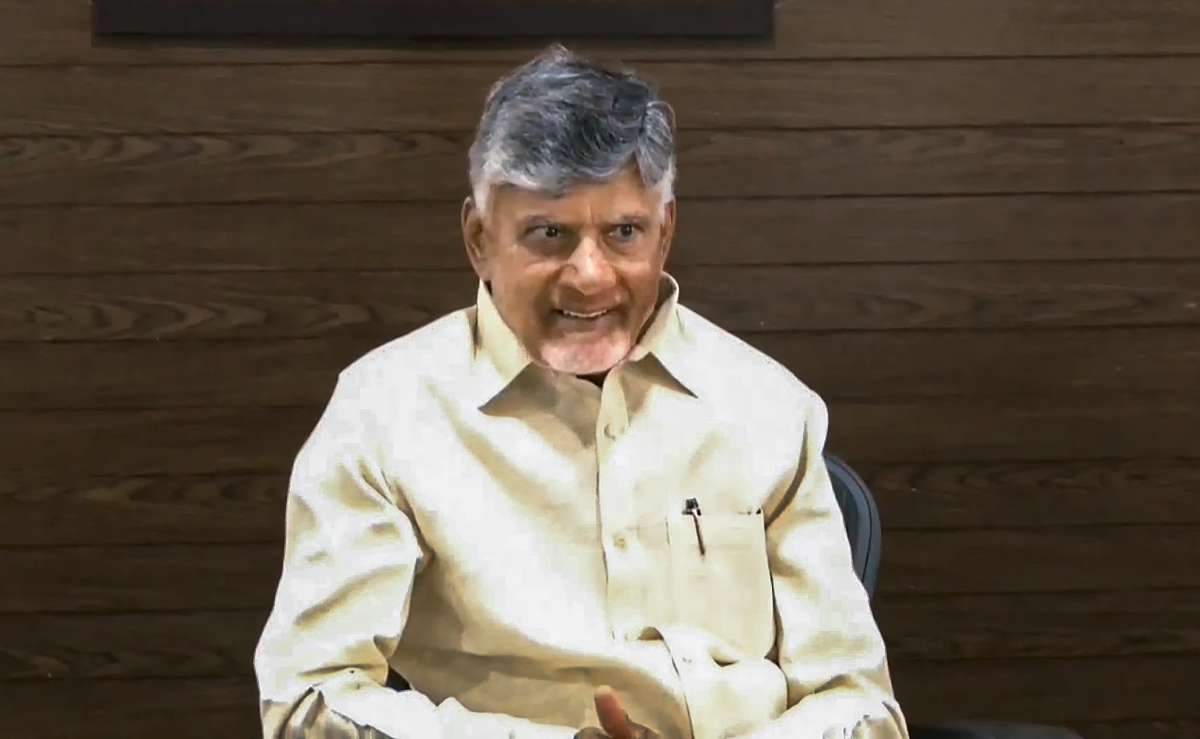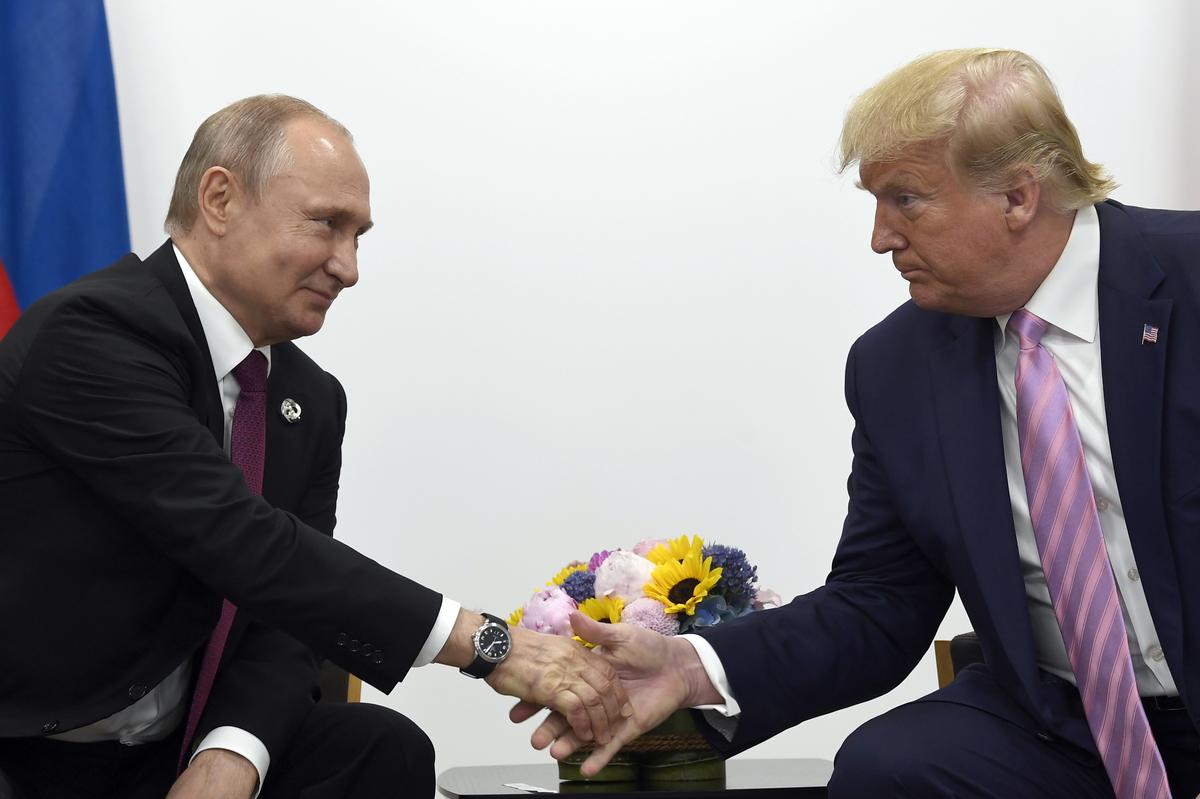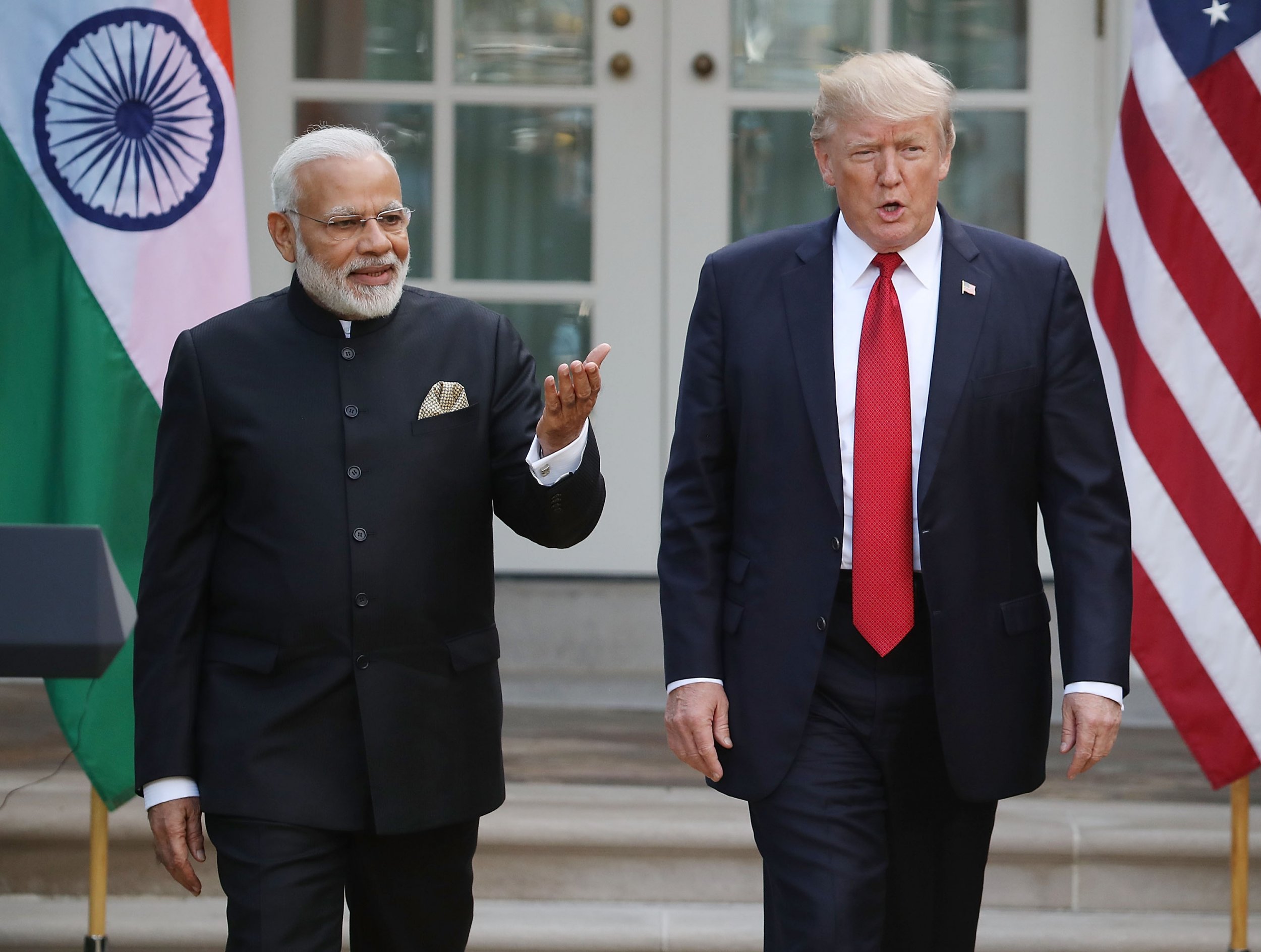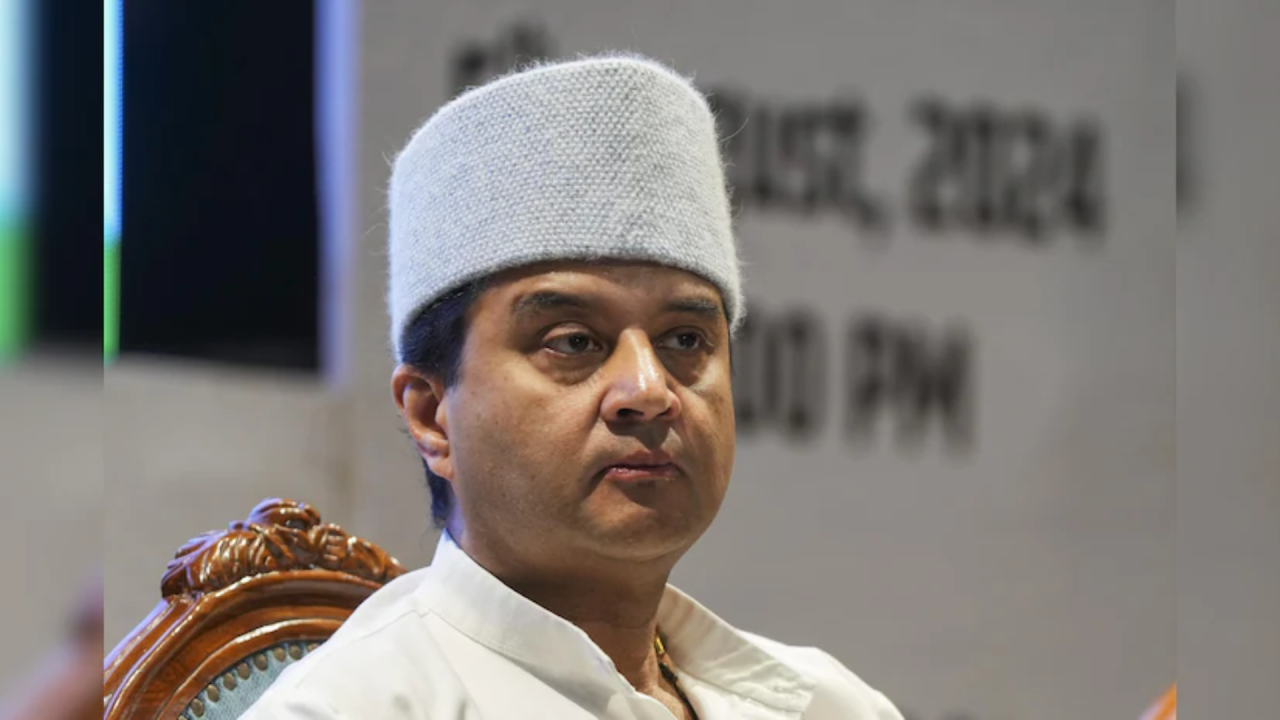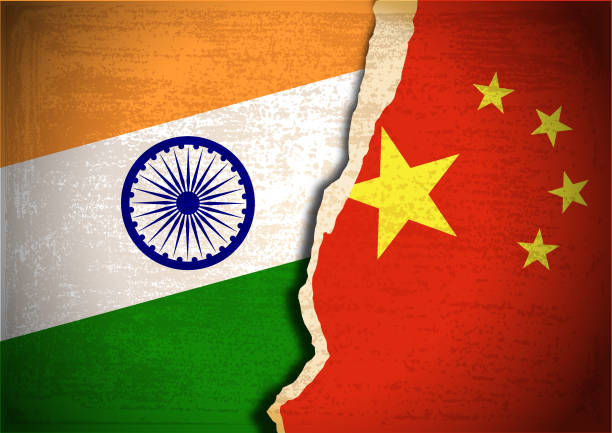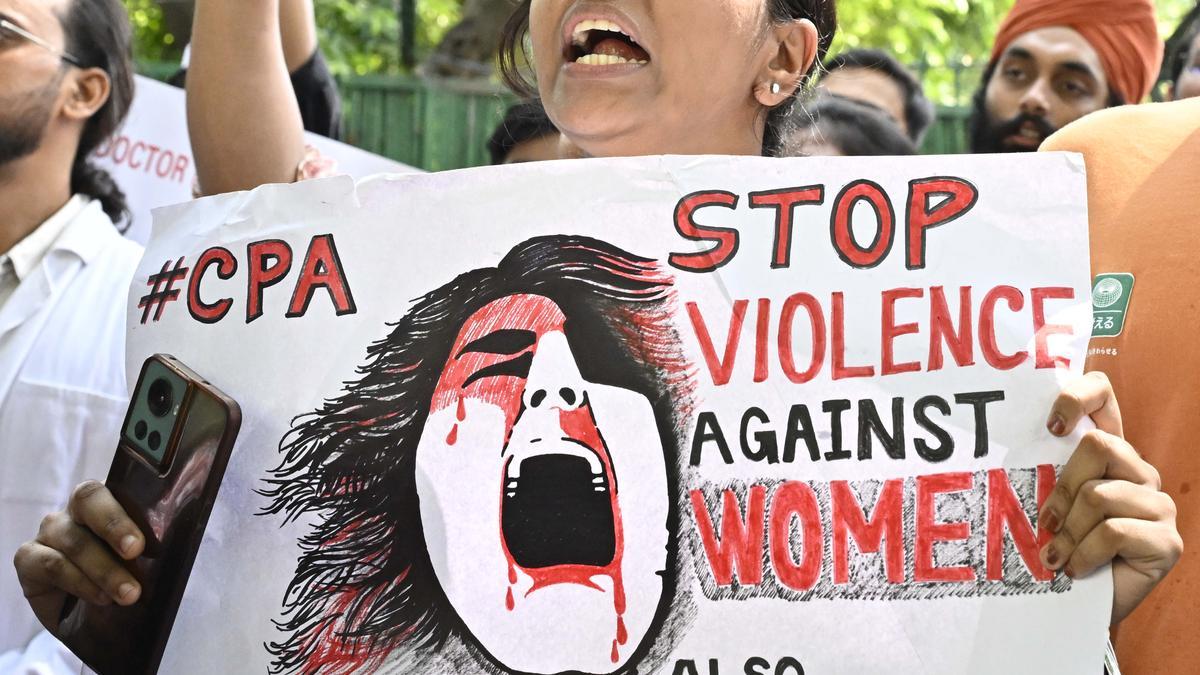Home / mizoram / Mizoram Chief Minister Lalduhoma Facilitates Historic Merger of Myanmar Rebel Groups, Strengthening Chin Resistance
Mizoram Chief Minister Lalduhoma Facilitates Historic Merger of Myanmar Rebel Groups, Strengthening Chin Resistance
By: My India Times
7 minutes read 62Updated At: 2025-03-07

Unifying Myanmar’s Chin Rebel Factions Under a Single Leadership
In a pivotal move that could reshape Myanmar’s pro-democracy struggle, Mizoram Chief Minister Lalduhoma played a crucial role in uniting two warring factions from Myanmar’s Chin State under a new governing body. The merger of the Chinland Council (CC) and the Interim Chin National Consultative Council (ICNCC), signed on February 26, 2025, in Aizawl, has led to the formation of a unified resistance front, now operating as the Chin National Council (CNC).
The decision to merge came after extensive negotiations spanning over a week, with multiple rounds of discussions involving leaders from both factions, facilitated by Mizoram’s Advocacy Group for Peace. This strategic move is expected to strengthen the Chin resistance against Myanmar’s military junta and provide a more coordinated effort in securing the Chin homeland.
Mizoram’s Role: A Bridge Between India and Myanmar’s Democracy Struggle
Sources in the Mizoram government confirmed that the Indian central government was fully aware of the negotiations and gave tacit approval for Lalduhoma’s involvement. A senior official, speaking on condition of anonymity, stated:
"Do you think this would be possible without New Delhi’s knowledge? Mizoram’s Chief Minister stepped forward because of his deep connection to the Mizo-Chin communities on both sides of the border. This was both a political and humanitarian effort."
Mizoram has long been an ally of Myanmar’s pro-democracy movements, particularly those representing the Chin ethnic group, who share historical and cultural ties with the Mizos of India. The 510-kilometer-long India-Myanmar border makes Mizoram a key player in cross-border diplomacy, and any instability in Chin State directly impacts Mizoram’s security and refugee situation.
Formation of a Unified Chin Resistance Force
As part of the merger agreement, the armed wings of the two factions—the Chin National Army (CNA) of the Chinland Council and the Chin Brotherhood (CB) of the ICNCC—are now working towards creating a single, unified military command. The objective is to bolster the defense of Chin State against Myanmar’s ruling military junta and to further coordinate resistance operations.
Jacob V. Zawma, a key negotiator and a member of the Chinland Council, expressed confidence that the unification would bring about greater stability and effectiveness in their struggle.
"Having two separate governing structures was counterproductive. Now, with a single leadership and a unified military front, we can focus on liberating our homeland," Zawma stated.
Reports suggest that the Chin resistance currently controls more than 80% of Chinland, with expectations that the complete liberation of the region could be achieved in the near future.
Political Reactions and Regional Tensions
While the unification has been celebrated among Chin resistance supporters, it has also drawn criticism from political analysts and civil society organizations (CSOs) in neighboring Manipur. Some observers have questioned whether Lalduhoma had secured prior clearance from the central government before hosting foreign rebel groups on Indian soil.
A senior intelligence official, quoted in the Deccan Herald, remarked:
"It remains to be seen how the central government will react to this development. Hosting rebel leaders from a neighboring country on Indian soil is a delicate issue, and we are closely monitoring the situation."
However, Mizoram leaders have strongly defended the Chief Minister’s involvement, emphasizing that it was a humanitarian effort aimed at securing peace and stability in the region.
Mizoram’s Humanitarian Efforts: Shelter for Myanmar Refugees
Since the civil war erupted in Myanmar in 2021, Mizoram has become a sanctuary for over 30,000 refugees from Myanmar’s Chin State, including pro-democracy activists, former government officials, and military defectors. The state’s deep ethnic and cultural ties with the Chin people have led Mizoram’s government to extend continued humanitarian support despite challenges in diplomatic relations.
Mizoram has also been vocal in opposing New Delhi’s decision to fence the India-Myanmar border, arguing that it would sever historical and cultural ties between Mizo and Chin communities.
"We do not support the border fencing because it separates families, disrupts trade, and ignores the historical bonds we share with the Chin people," Chief Minister Lalduhoma had stated in a formal communication to the central government.
Lalduhoma’s Advocacy on the Global Stage
Lalduhoma has consistently voiced his support for the Chin resistance beyond India’s borders. In September 2024, during his visit to the United States, he addressed Chin and Arakanese leaders, urging stronger alliances between ethnic groups fighting against the military junta in Myanmar. He also extended his support to the Arakan Army (AA), one of Myanmar’s most formidable resistance groups.
His speech, which was widely circulated in Myanmar’s pro-democracy circles, emphasized the need for cross-ethnic unity in Myanmar’s struggle against dictatorship. However, his statements drew criticism from some quarters in India, who argued that such advocacy could complicate India’s diplomatic relations with Myanmar.
Geopolitical Implications: A Strategic Shift in India’s Myanmar Policy?
India has long maintained a careful balance between engaging with Myanmar’s military regime and supporting pro-democracy movements. However, Lalduhoma’s involvement in the Chin resistance unification suggests that India may be subtly shifting its stance to counter Chinese influence in Myanmar.
China has been actively brokering peace deals between Myanmar’s junta and various rebel groups like the Ta’ang and Kokang ethnic militias in Shan State. By facilitating the Chin unification, India is likely aiming to establish stronger ties with Myanmar’s pro-democracy factions, ensuring that its strategic interests in the region remain protected.
India’s Kaladan Multimodal Transit Transport Project (KMTTP), which connects Mizoram to Myanmar’s Sittwe Port, is one of its most significant investments in Myanmar. Ensuring stability in Chin State is vital for the success of this project and for securing India’s broader Act East Policy goals.
A Defining Moment for Chin Resistance and Regional Stability
The unification of Myanmar’s Chin rebel groups under the Chin National Council (CNC), brokered with the assistance of Mizoram Chief Minister Lalduhoma, marks a significant development in the region’s political landscape. This historic merger strengthens the Chin resistance, enhances regional security, and positions Mizoram as a key player in India-Myanmar relations.
While questions remain about the Indian central government’s official stance on Lalduhoma’s role, the merger is widely seen as a step towards greater stability in Myanmar’s conflict-ridden Chin State. With the newly unified resistance movement preparing for more coordinated operations, the coming months will reveal whether this development can accelerate the downfall of Myanmar’s military junta or face internal hurdles of its own.
Either way, Mizoram’s proactive role in shaping this transformation has positioned the state as a critical force in regional diplomacy, peace negotiations, and humanitarian efforts in Southeast Asia.
....
Unifying Myanmar’s Chin Rebel Factions Under a Single Leadership
In a pivotal move that could reshape Myanmar’s pro-democracy struggle, Mizoram Chief Minister Lalduhoma played a crucial role in uniting two warring factions from Myanmar’s Chin State under a new governing body. The merger of the Chinland Council (CC) and the Interim Chin National Consultative Council (ICNCC), signed on February 26, 2025, in Aizawl, has led to the formation of a unified resistance front, now operating as the Chin National Council (CNC).
The decision to merge came after extensive negotiations spanning over a week, with multiple rounds of discussions involving leaders from both factions, facilitated by Mizoram’s Advocacy Group for Peace. This strategic move is expected to strengthen the Chin resistance against Myanmar’s military junta and provide a more coordinated effort in securing the Chin homeland.
Mizoram’s Role: A Bridge Between India and Myanmar’s Democracy Struggle
Sources in the Mizoram government confirmed that the Indian central government was fully aware of the negotiations and gave tacit approval for Lalduhoma’s involvement. A senior official, speaking on condition of anonymity, stated:
"Do you think this would be possible without New Delhi’s knowledge? Mizoram’s Chief Minister stepped forward because of his deep connection to the Mizo-Chin communities on both sides of the border. This was both a political and humanitarian effort."
Mizoram has long been an ally of Myanmar’s pro-democracy movements, particularly those representing the Chin ethnic group, who share historical and cultural ties with the Mizos of India. The 510-kilometer-long India-Myanmar border makes Mizoram a key player in cross-border diplomacy, and any instability in Chin State directly impacts Mizoram’s security and refugee situation.
Formation of a Unified Chin Resistance Force
As part of the merger agreement, the armed wings of the two factions—the Chin National Army (CNA) of the Chinland Council and the Chin Brotherhood (CB) of the ICNCC—are now working towards creating a single, unified military command. The objective is to bolster the defense of Chin State against Myanmar’s ruling military junta and to further coordinate resistance operations.
Jacob V. Zawma, a key negotiator and a member of the Chinland Council, expressed confidence that the unification would bring about greater stability and effectiveness in their struggle.
"Having two separate governing structures was counterproductive. Now, with a single leadership and a unified military front, we can focus on liberating our homeland," Zawma stated.
Reports suggest that the Chin resistance currently controls more than 80% of Chinland, with expectations that the complete liberation of the region could be achieved in the near future.
Political Reactions and Regional Tensions
While the unification has been celebrated among Chin resistance supporters, it has also drawn criticism from political analysts and civil society organizations (CSOs) in neighboring Manipur. Some observers have questioned whether Lalduhoma had secured prior clearance from the central government before hosting foreign rebel groups on Indian soil.
A senior intelligence official, quoted in the Deccan Herald, remarked:
"It remains to be seen how the central government will react to this development. Hosting rebel leaders from a neighboring country on Indian soil is a delicate issue, and we are closely monitoring the situation."
However, Mizoram leaders have strongly defended the Chief Minister’s involvement, emphasizing that it was a humanitarian effort aimed at securing peace and stability in the region.
Mizoram’s Humanitarian Efforts: Shelter for Myanmar Refugees
Since the civil war erupted in Myanmar in 2021, Mizoram has become a sanctuary for over 30,000 refugees from Myanmar’s Chin State, including pro-democracy activists, former government officials, and military defectors. The state’s deep ethnic and cultural ties with the Chin people have led Mizoram’s government to extend continued humanitarian support despite challenges in diplomatic relations.
Mizoram has also been vocal in opposing New Delhi’s decision to fence the India-Myanmar border, arguing that it would sever historical and cultural ties between Mizo and Chin communities.
"We do not support the border fencing because it separates families, disrupts trade, and ignores the historical bonds we share with the Chin people," Chief Minister Lalduhoma had stated in a formal communication to the central government.
Lalduhoma’s Advocacy on the Global Stage
Lalduhoma has consistently voiced his support for the Chin resistance beyond India’s borders. In September 2024, during his visit to the United States, he addressed Chin and Arakanese leaders, urging stronger alliances between ethnic groups fighting against the military junta in Myanmar. He also extended his support to the Arakan Army (AA), one of Myanmar’s most formidable resistance groups.
His speech, which was widely circulated in Myanmar’s pro-democracy circles, emphasized the need for cross-ethnic unity in Myanmar’s struggle against dictatorship. However, his statements drew criticism from some quarters in India, who argued that such advocacy could complicate India’s diplomatic relations with Myanmar.
Geopolitical Implications: A Strategic Shift in India’s Myanmar Policy?
India has long maintained a careful balance between engaging with Myanmar’s military regime and supporting pro-democracy movements. However, Lalduhoma’s involvement in the Chin resistance unification suggests that India may be subtly shifting its stance to counter Chinese influence in Myanmar.
China has been actively brokering peace deals between Myanmar’s junta and various rebel groups like the Ta’ang and Kokang ethnic militias in Shan State. By facilitating the Chin unification, India is likely aiming to establish stronger ties with Myanmar’s pro-democracy factions, ensuring that its strategic interests in the region remain protected.
India’s Kaladan Multimodal Transit Transport Project (KMTTP), which connects Mizoram to Myanmar’s Sittwe Port, is one of its most significant investments in Myanmar. Ensuring stability in Chin State is vital for the success of this project and for securing India’s broader Act East Policy goals.
A Defining Moment for Chin Resistance and Regional Stability
The unification of Myanmar’s Chin rebel groups under the Chin National Council (CNC), brokered with the assistance of Mizoram Chief Minister Lalduhoma, marks a significant development in the region’s political landscape. This historic merger strengthens the Chin resistance, enhances regional security, and positions Mizoram as a key player in India-Myanmar relations.
While questions remain about the Indian central government’s official stance on Lalduhoma’s role, the merger is widely seen as a step towards greater stability in Myanmar’s conflict-ridden Chin State. With the newly unified resistance movement preparing for more coordinated operations, the coming months will reveal whether this development can accelerate the downfall of Myanmar’s military junta or face internal hurdles of its own.
Either way, Mizoram’s proactive role in shaping this transformation has positioned the state as a critical force in regional diplomacy, peace negotiations, and humanitarian efforts in Southeast Asia.
By: My India Times
Updated At: 2025-03-07
Tags: mizoram News | My India Times News | Trending News | Travel News
Join our WhatsApp Channel



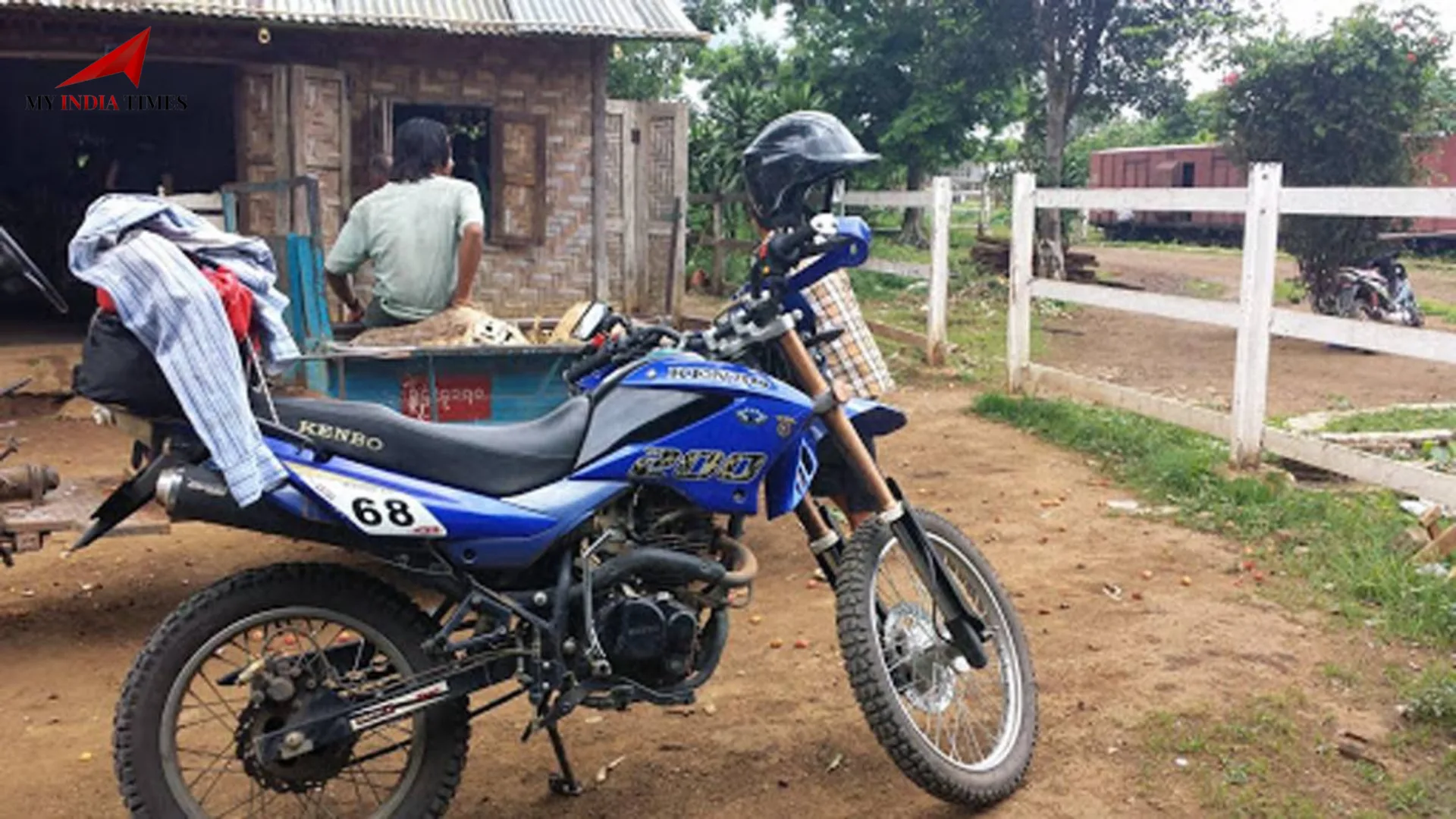
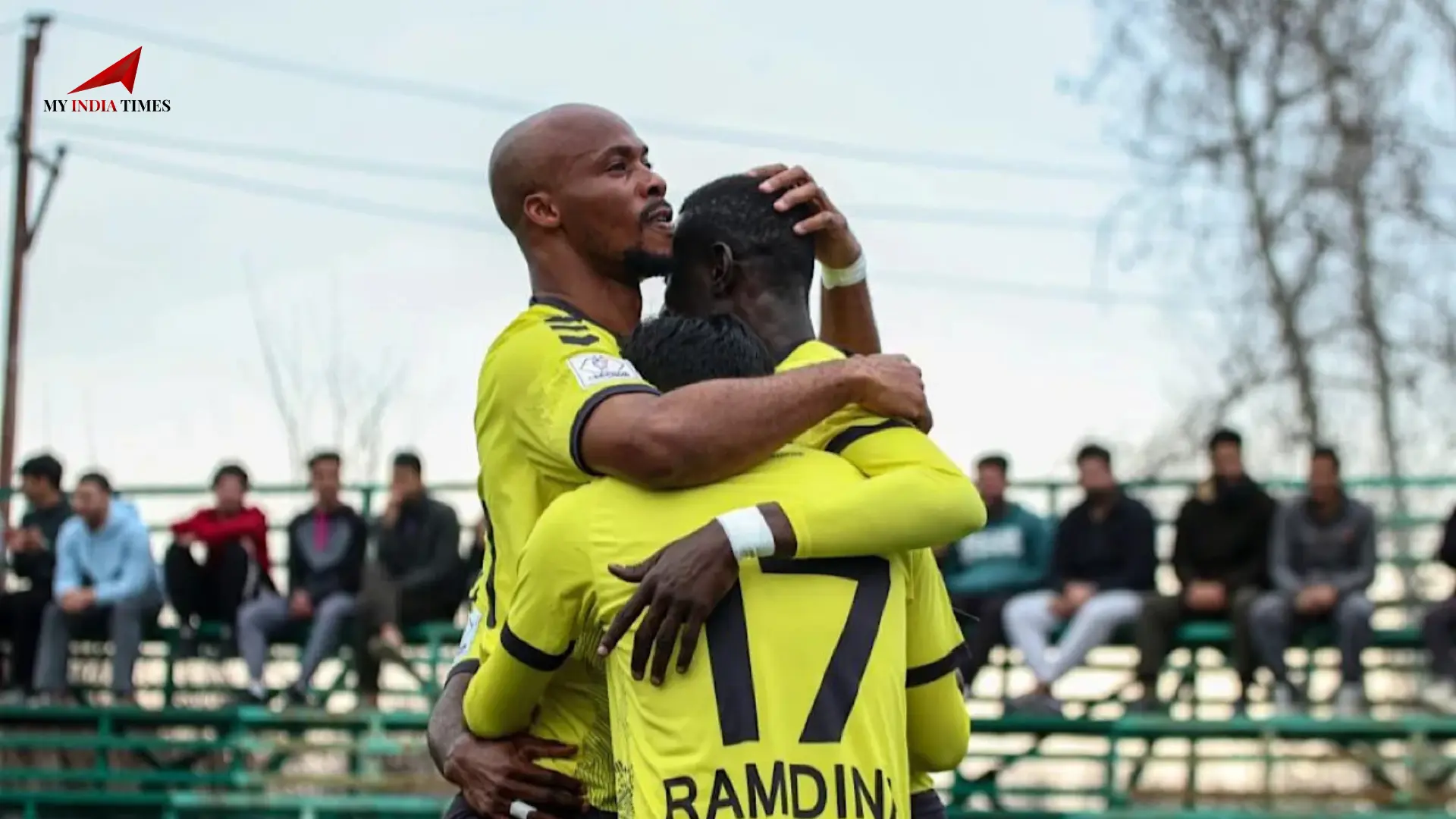



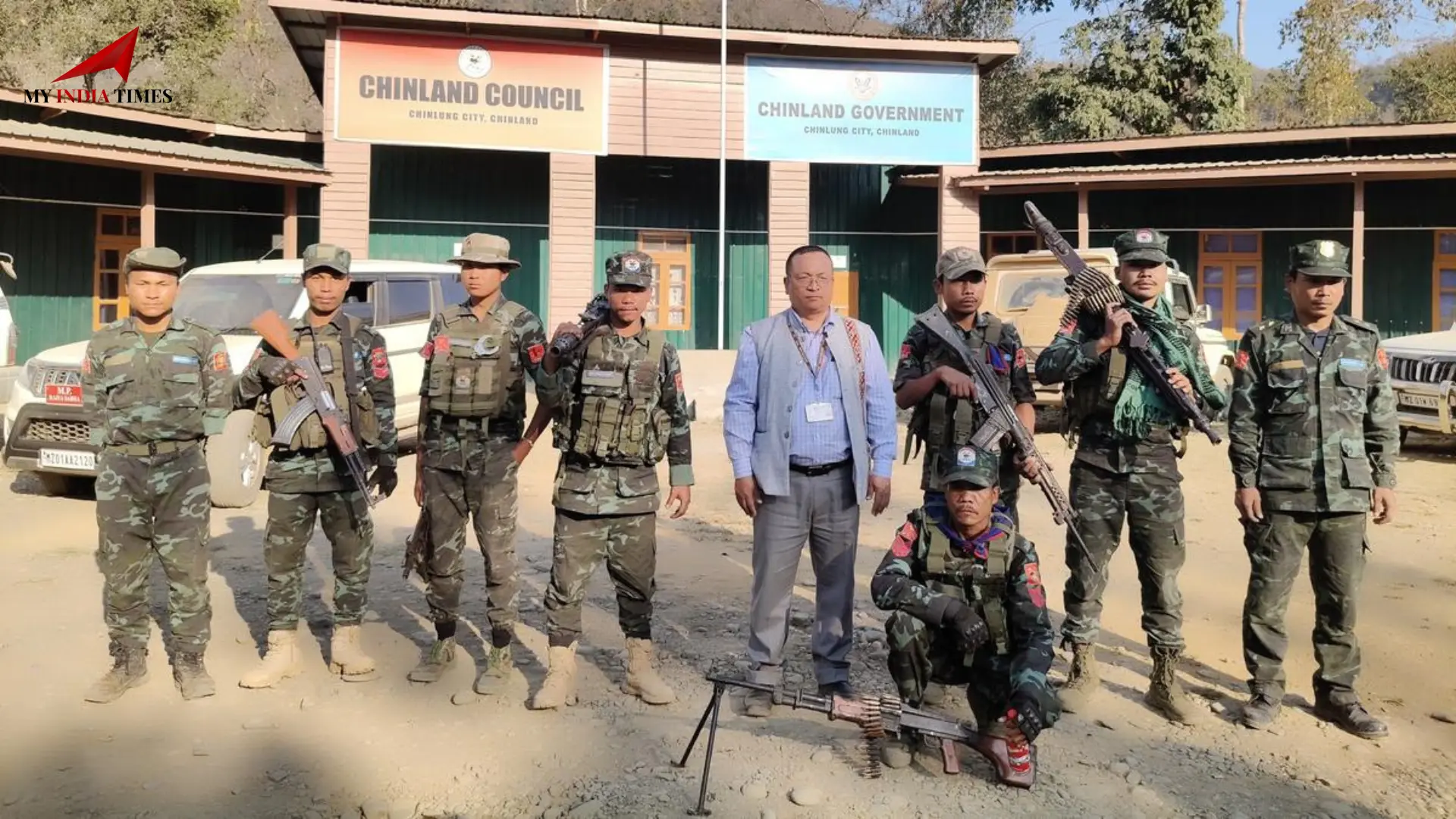

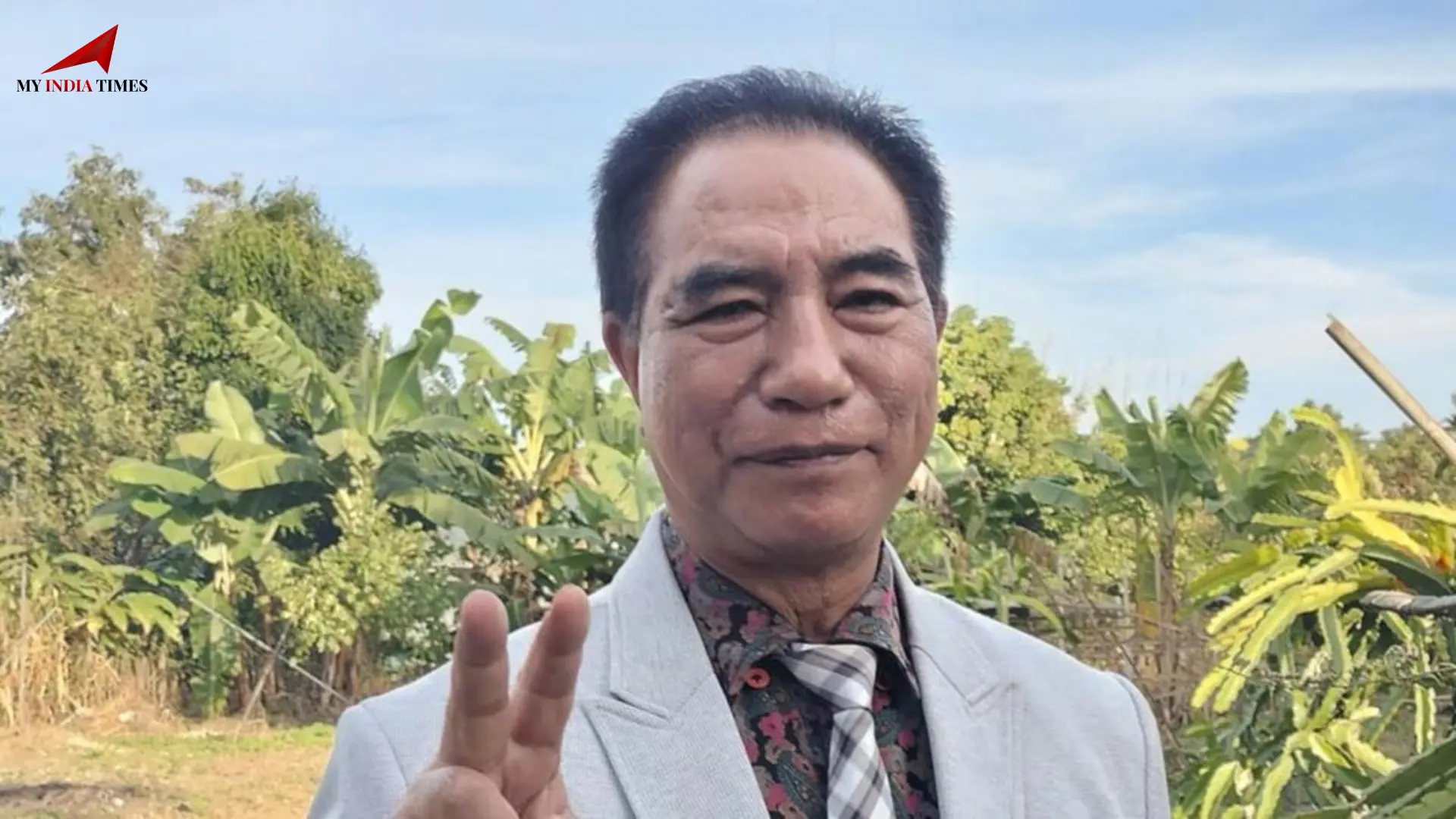


.jfif)




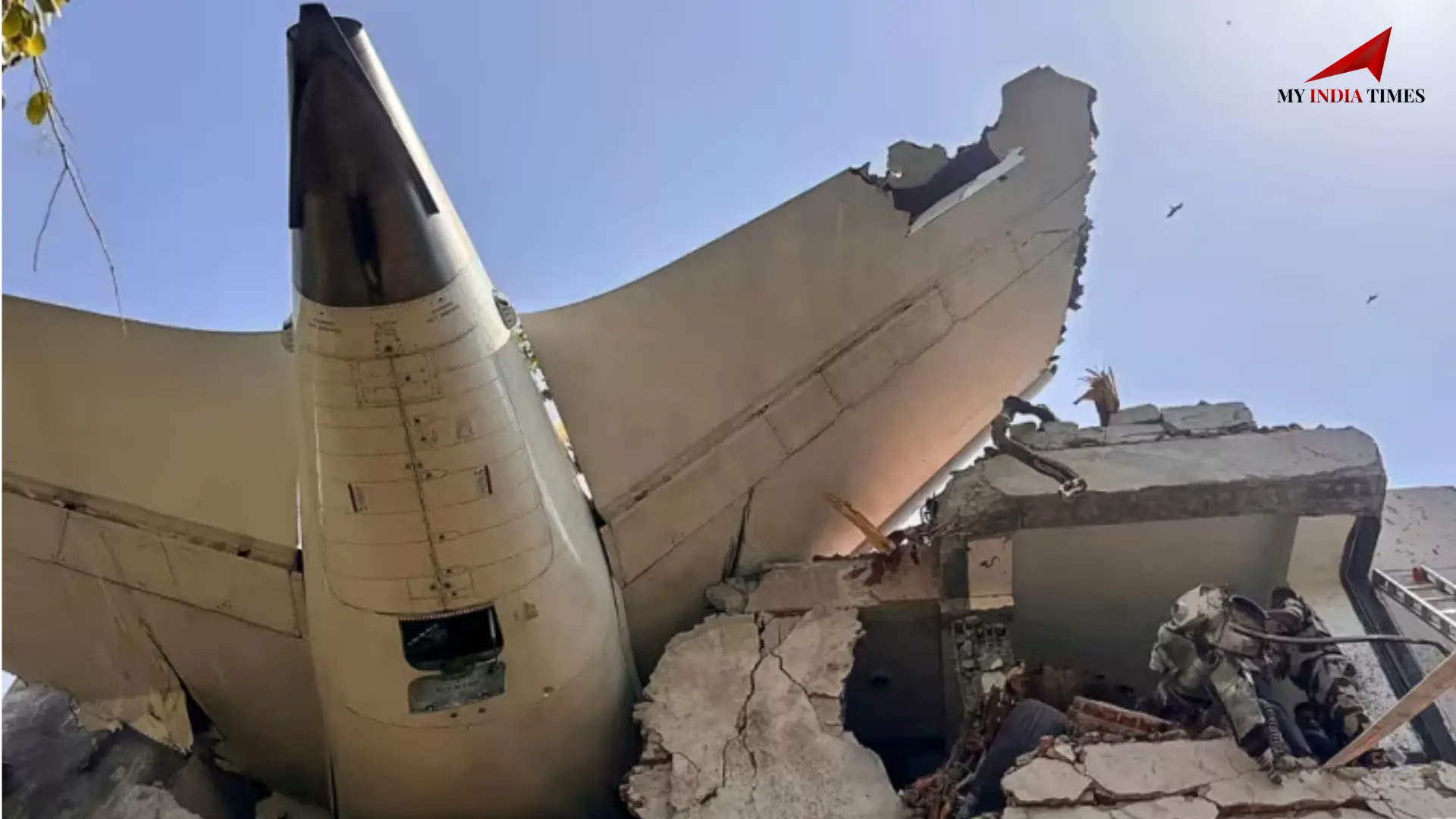
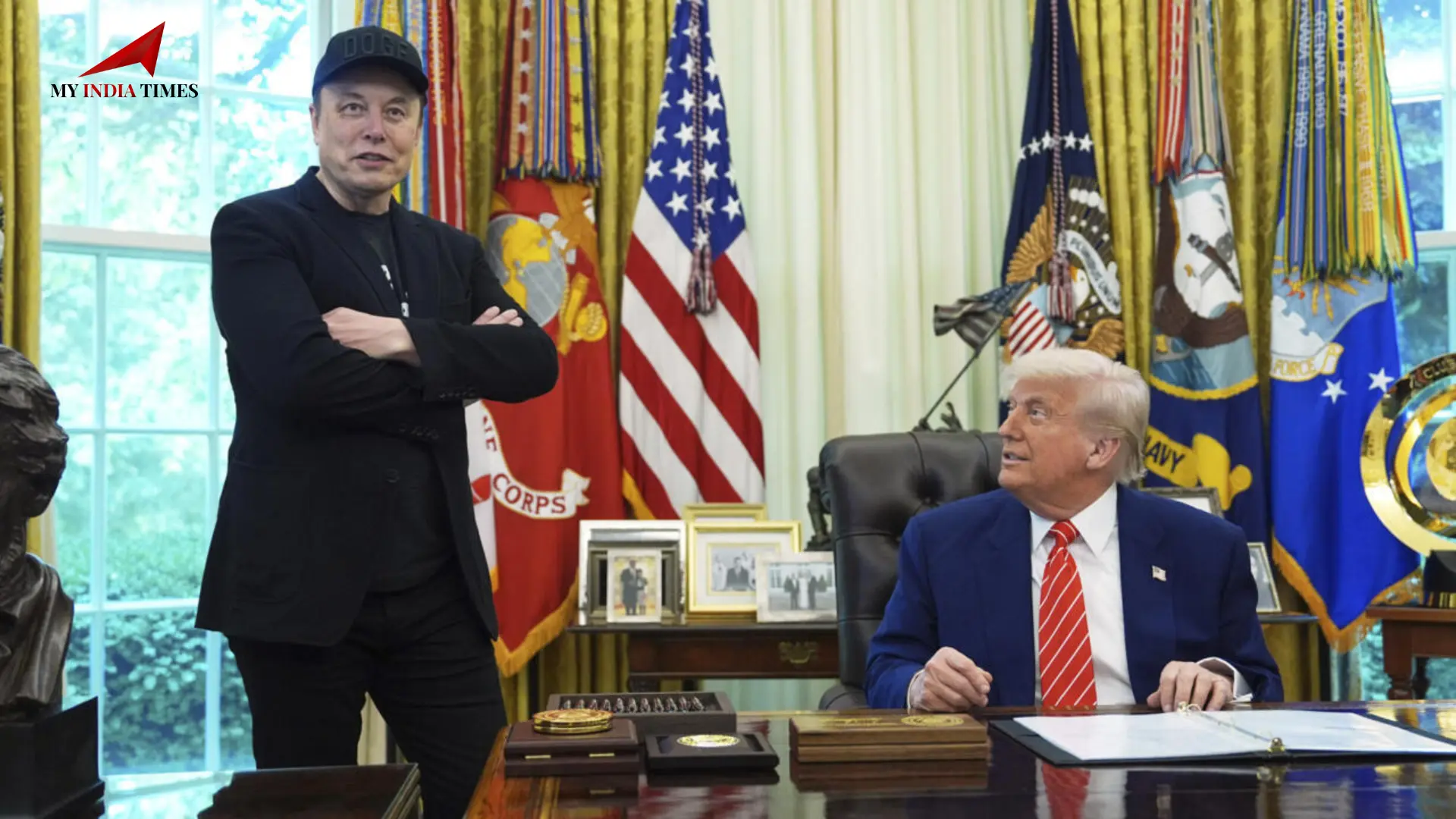



















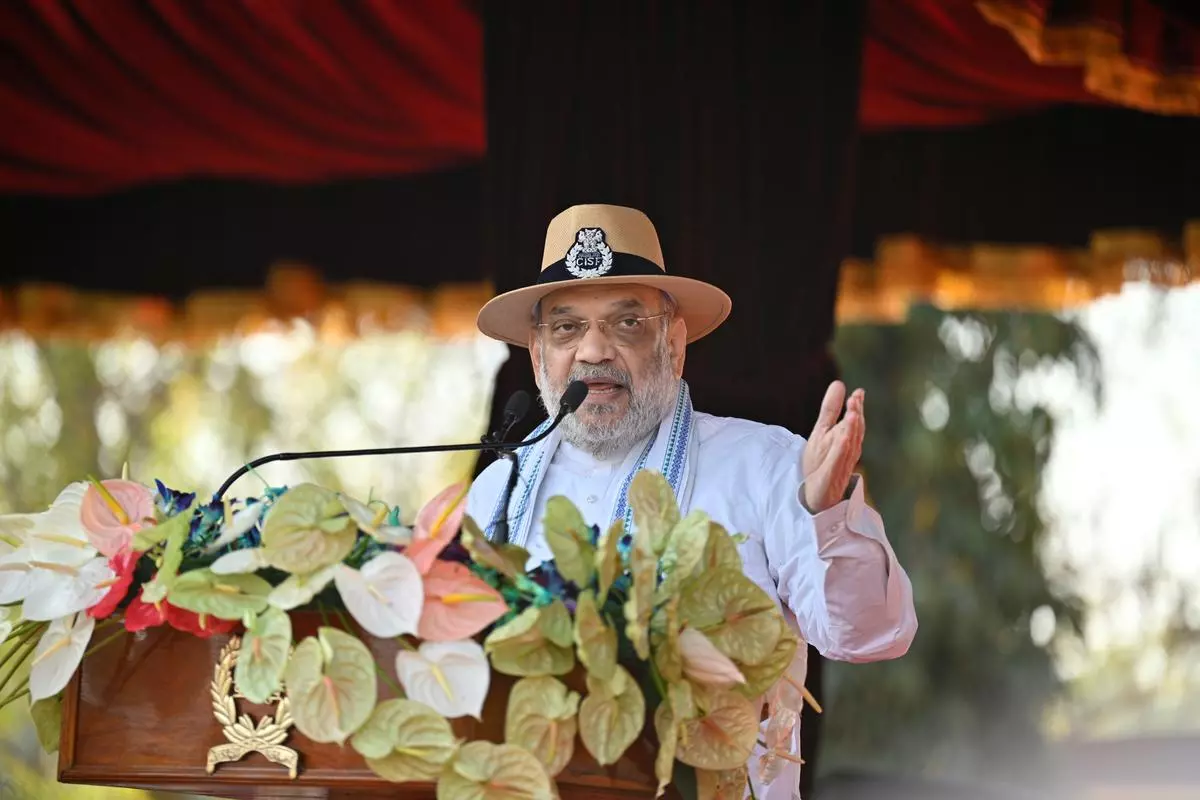

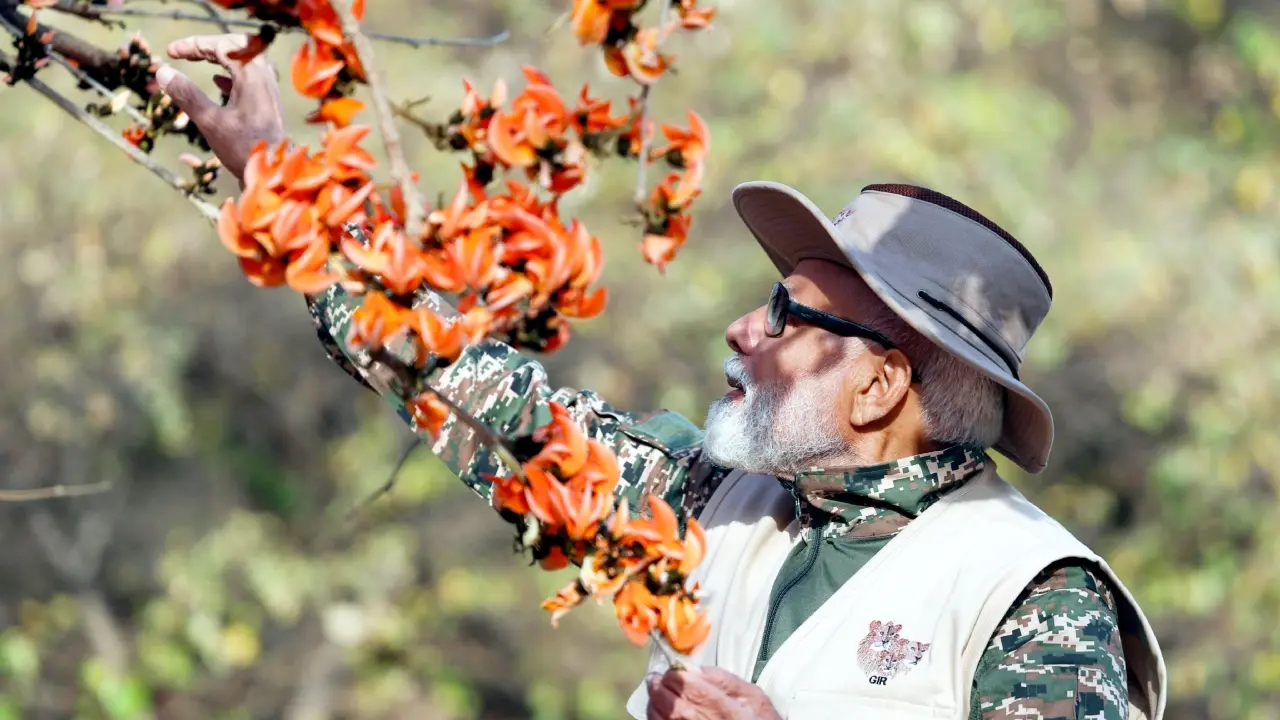



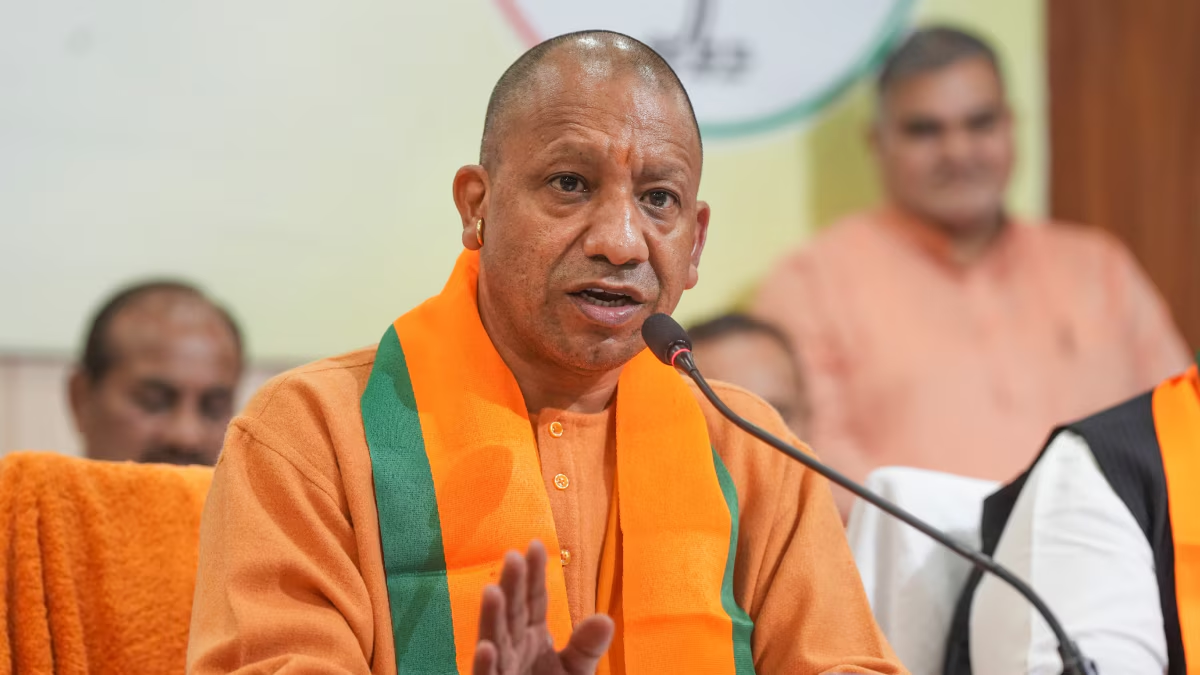




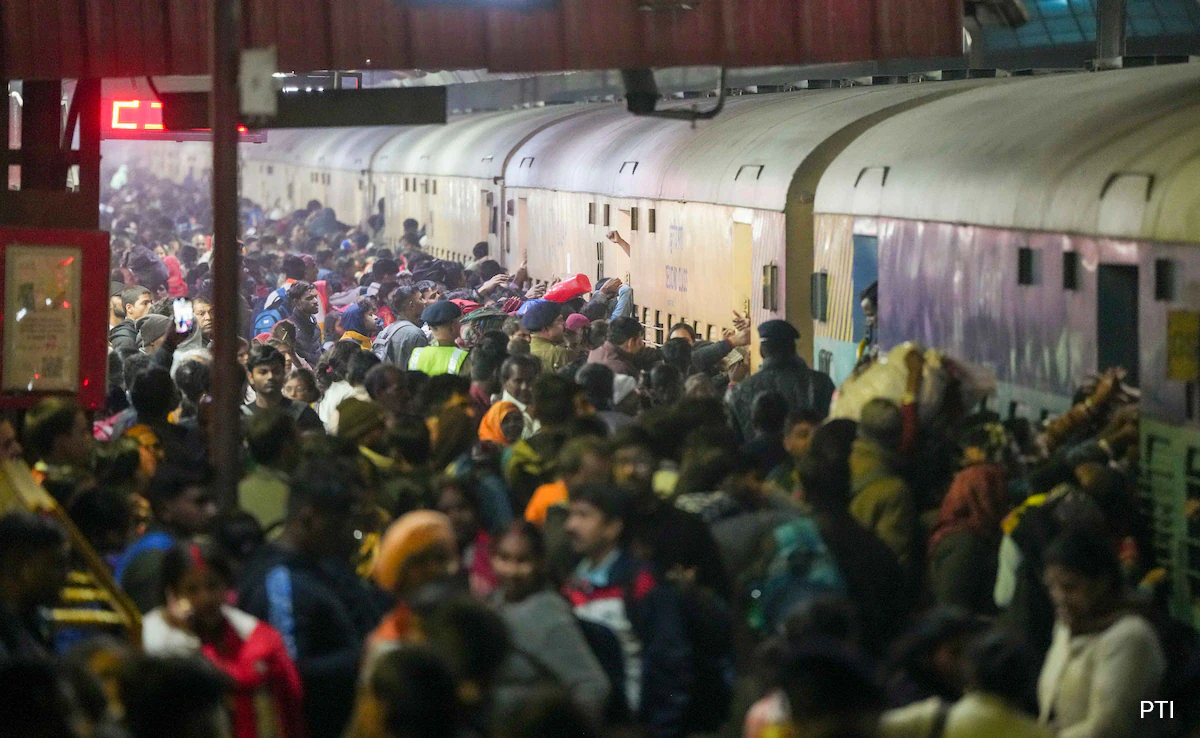
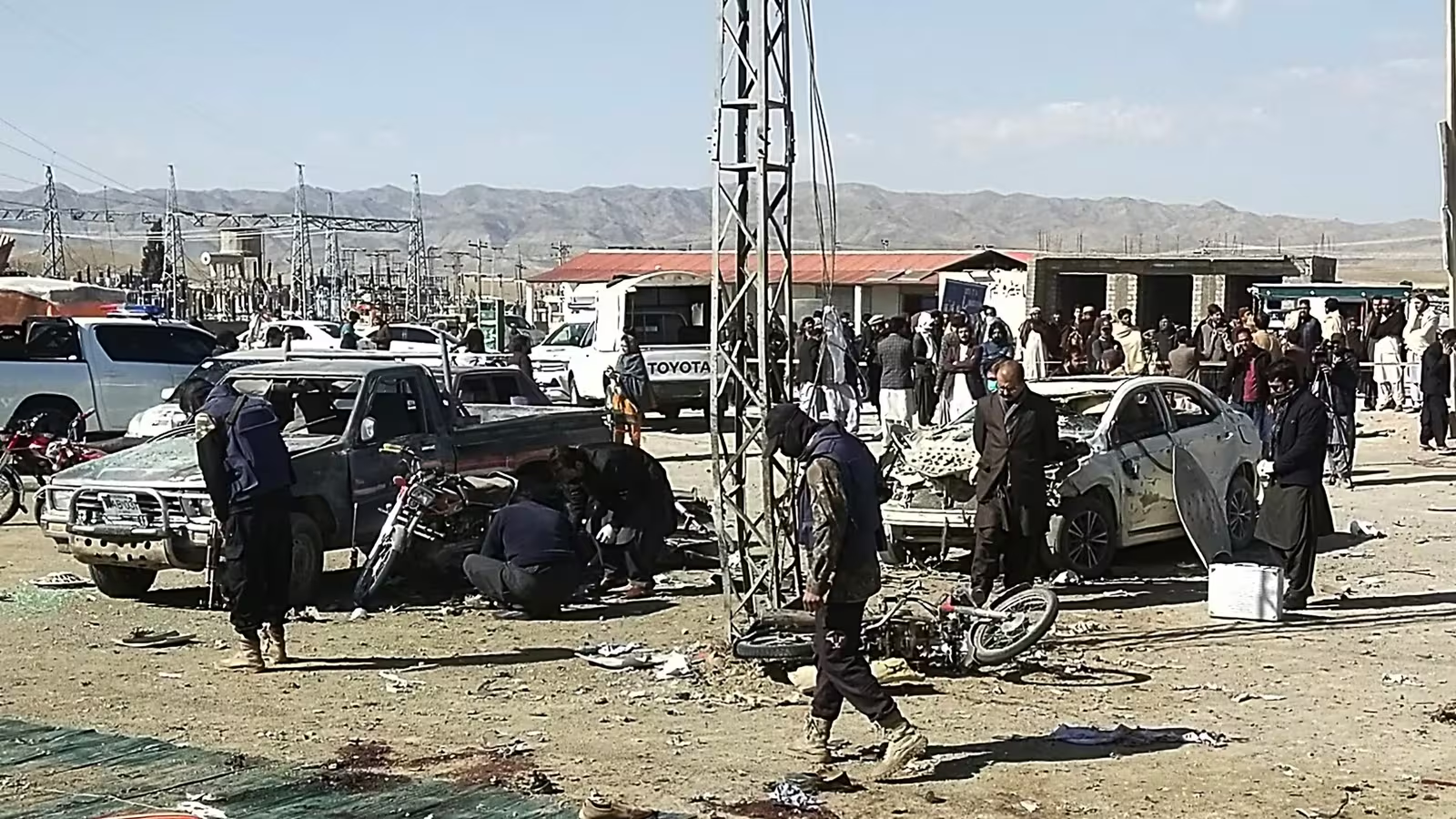
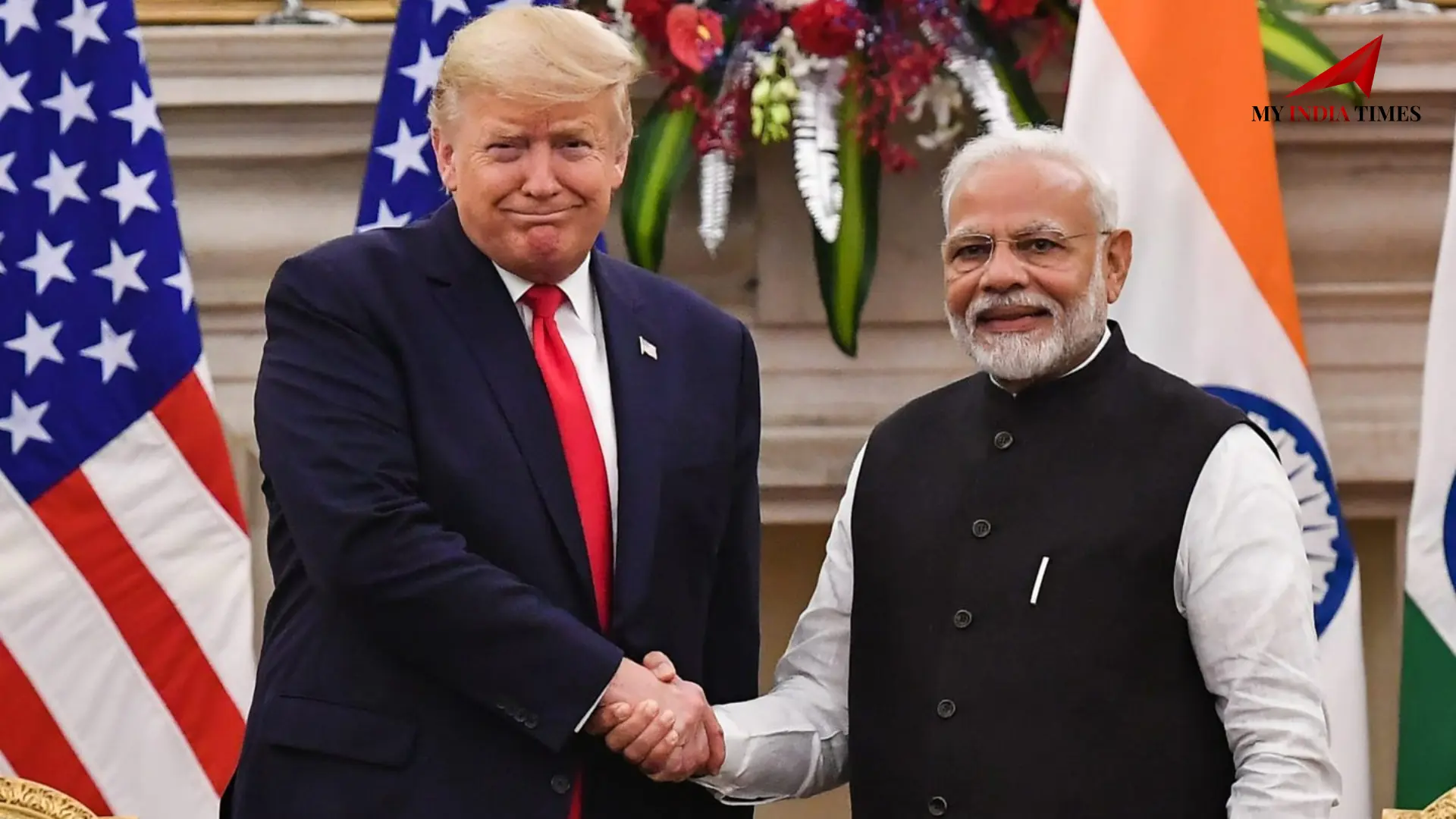
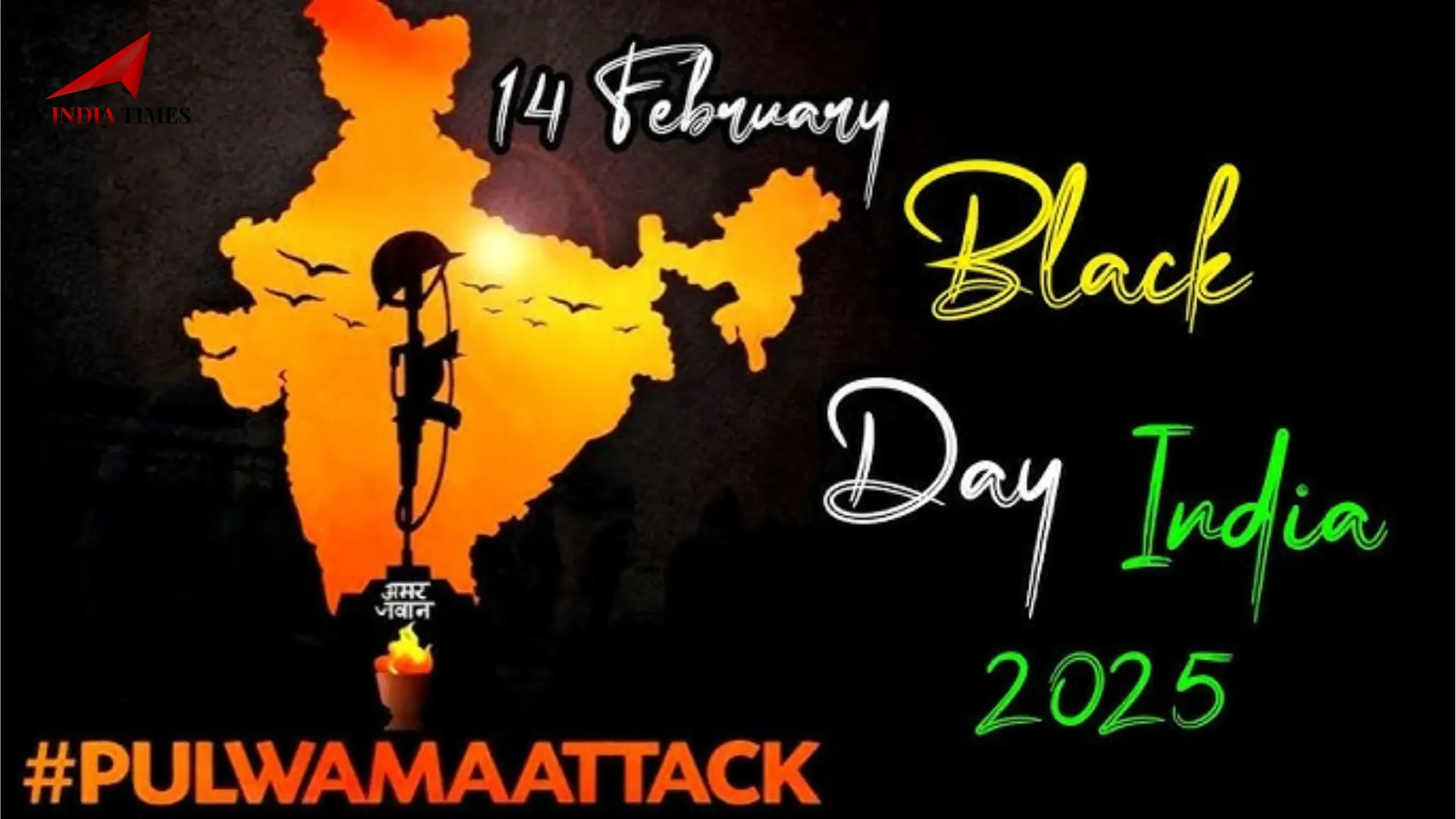

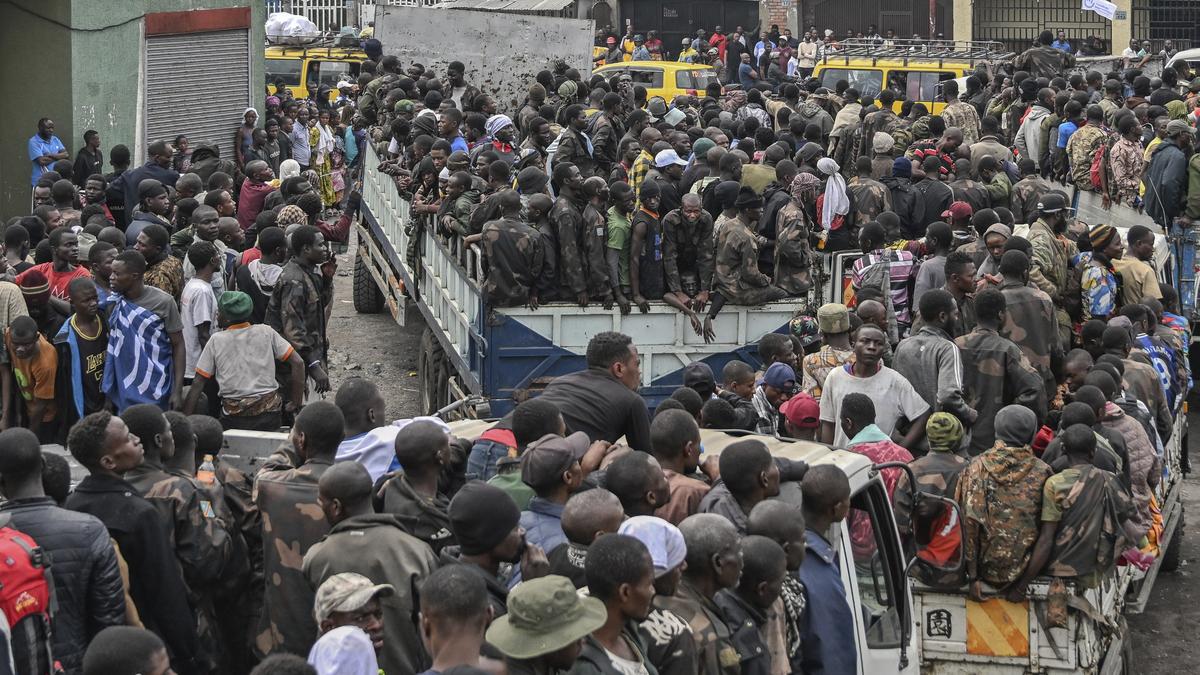
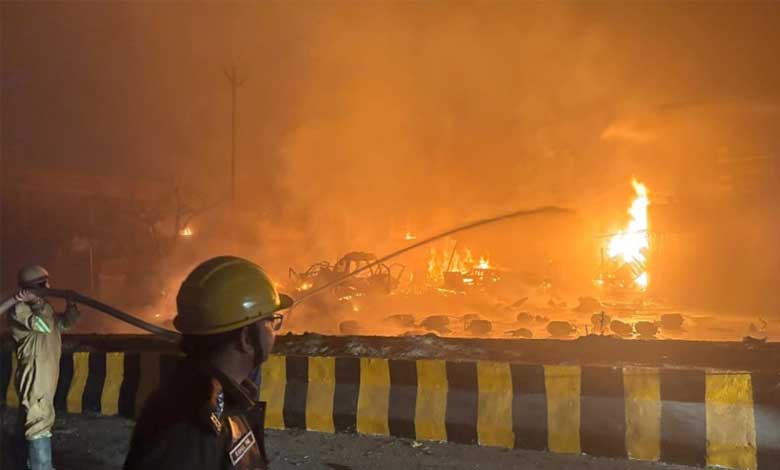



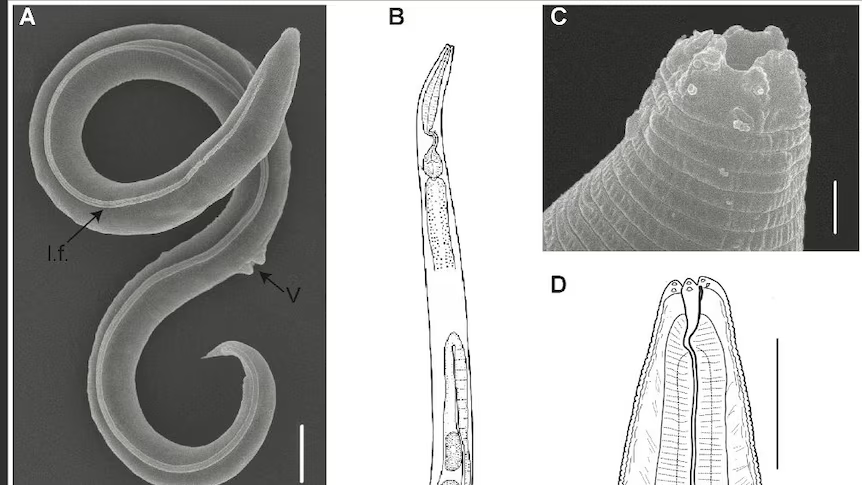
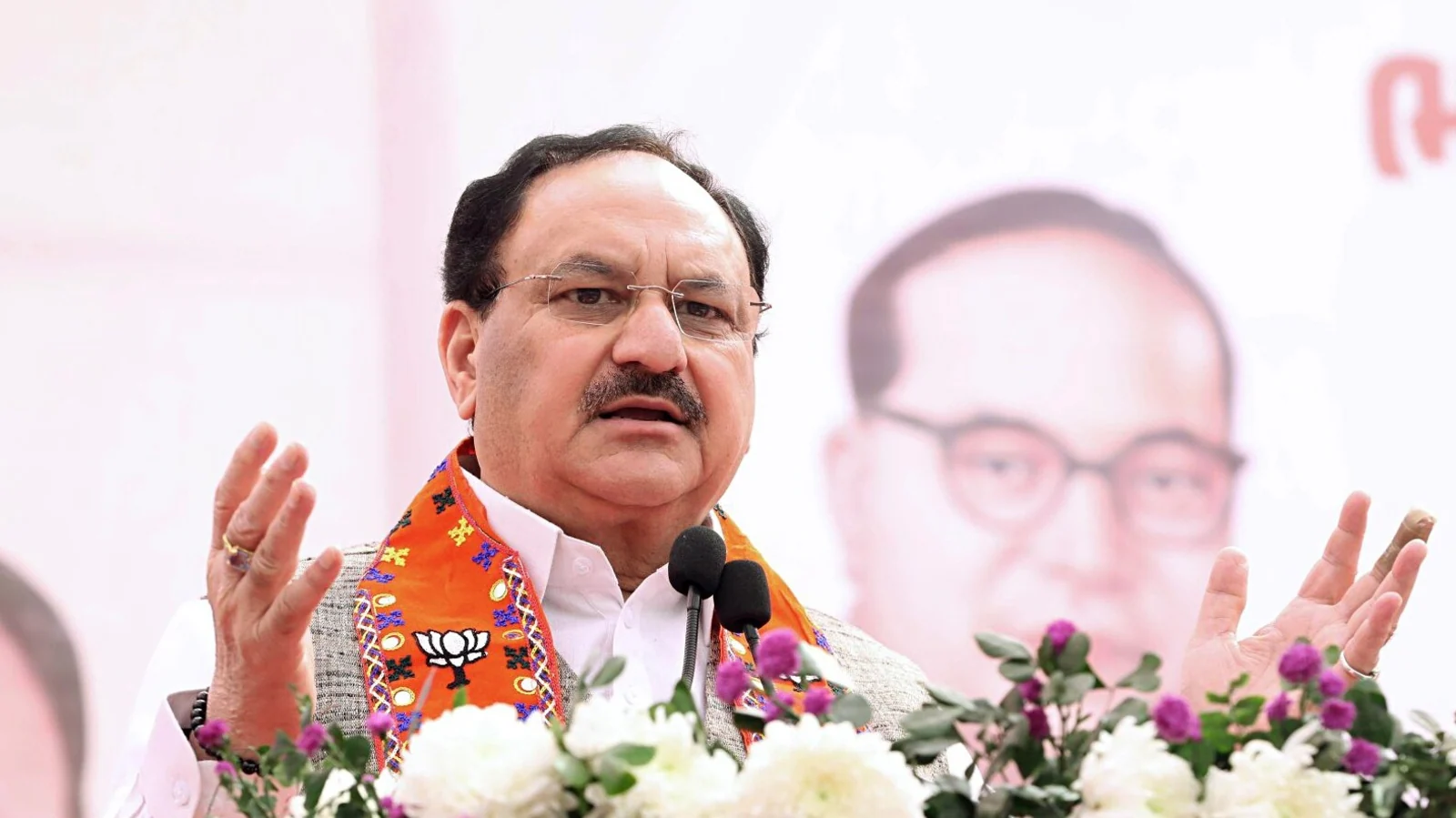



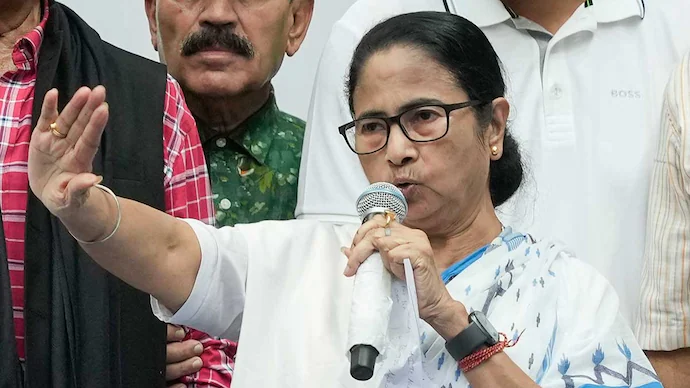



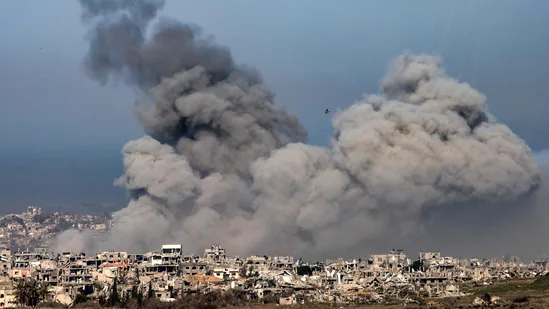
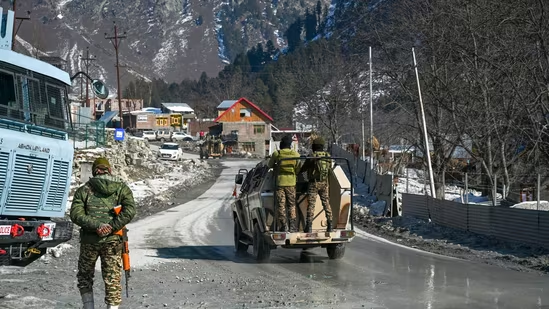
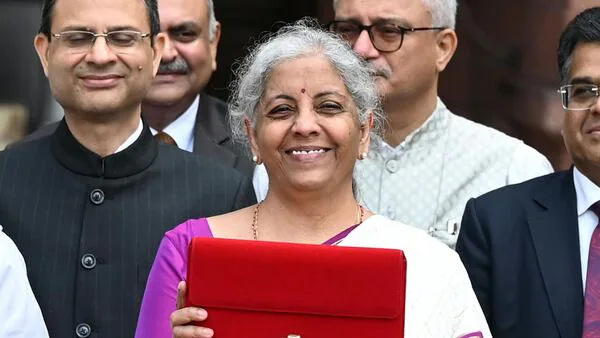

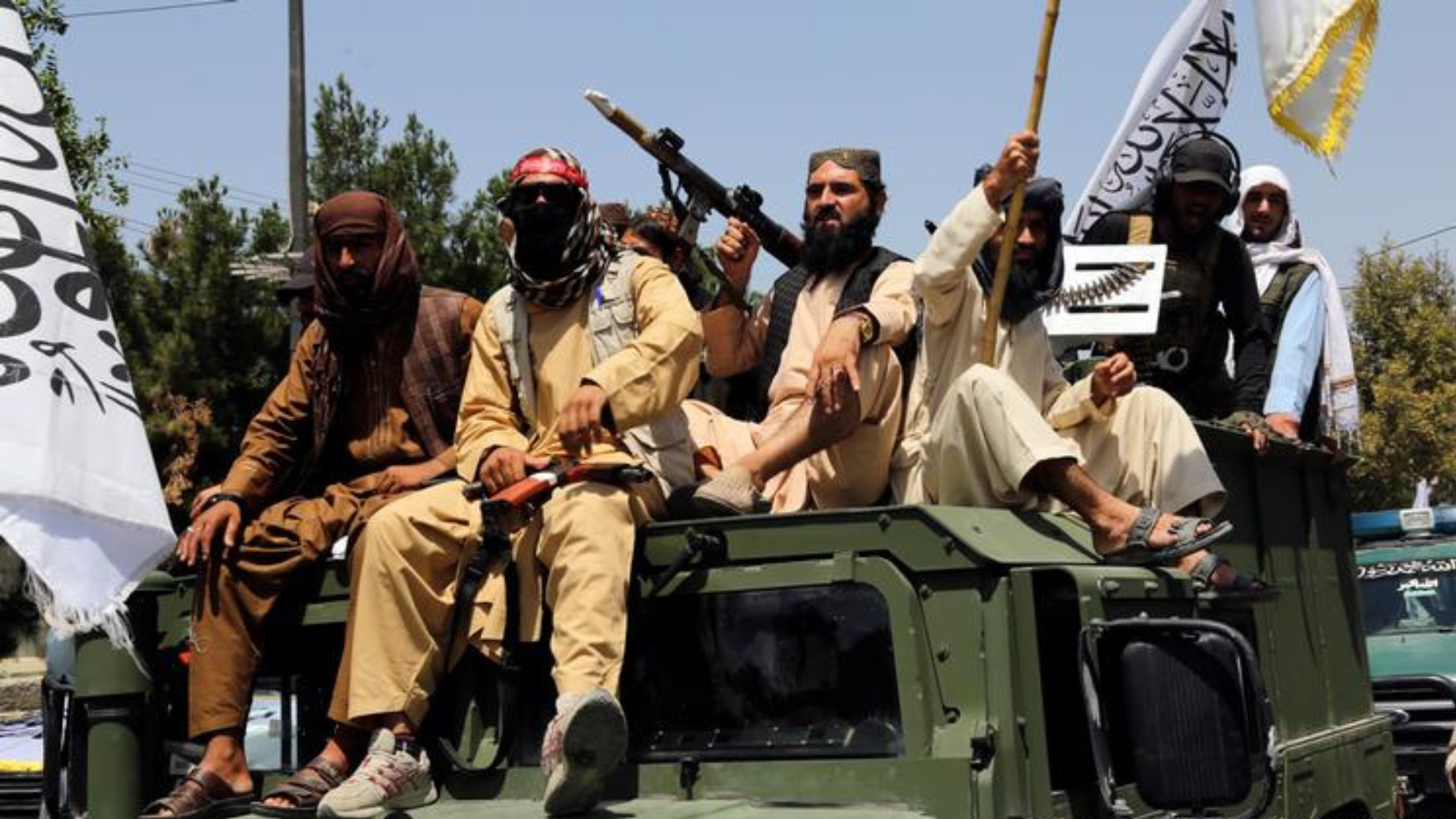
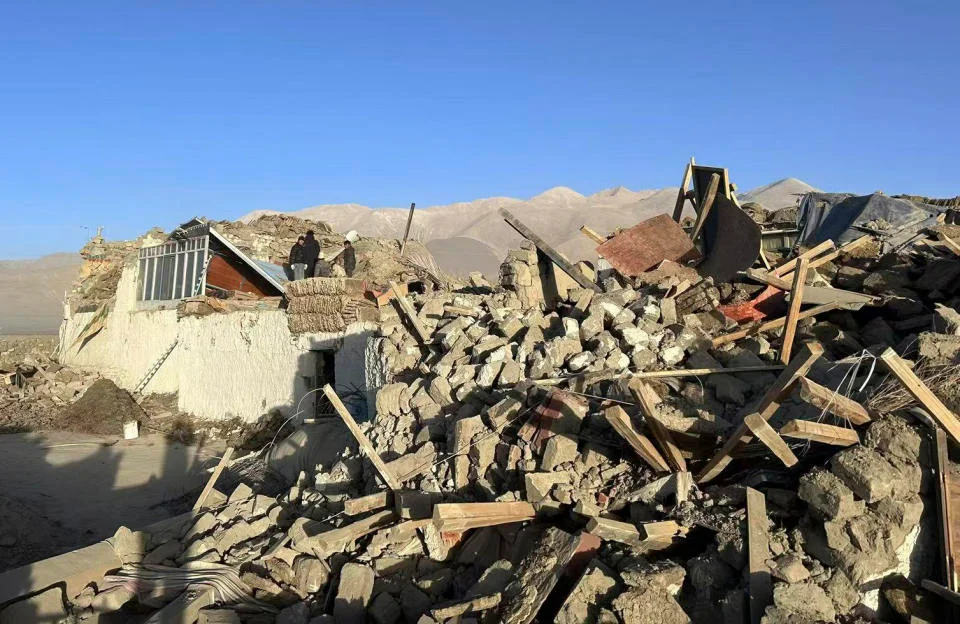


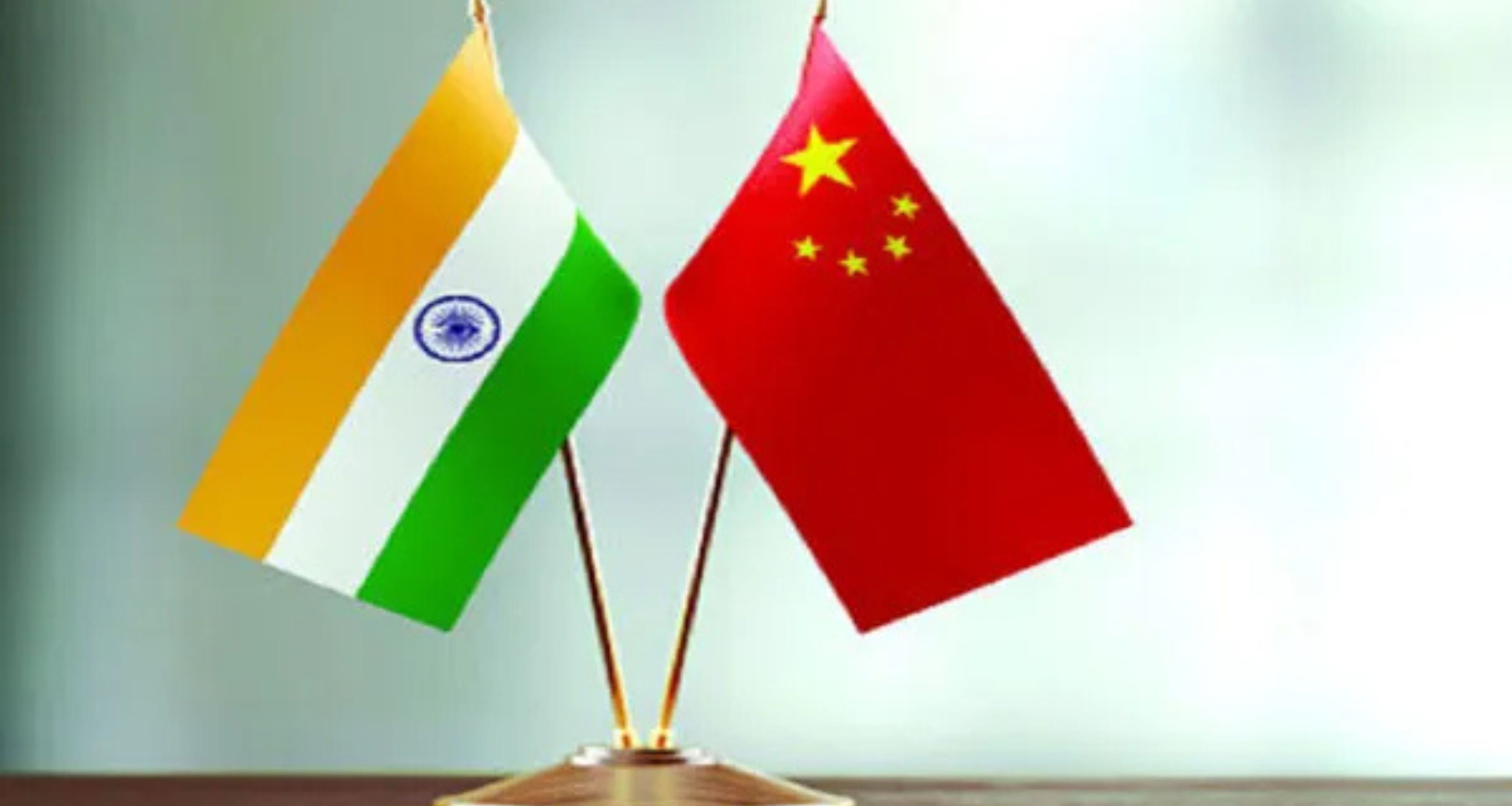

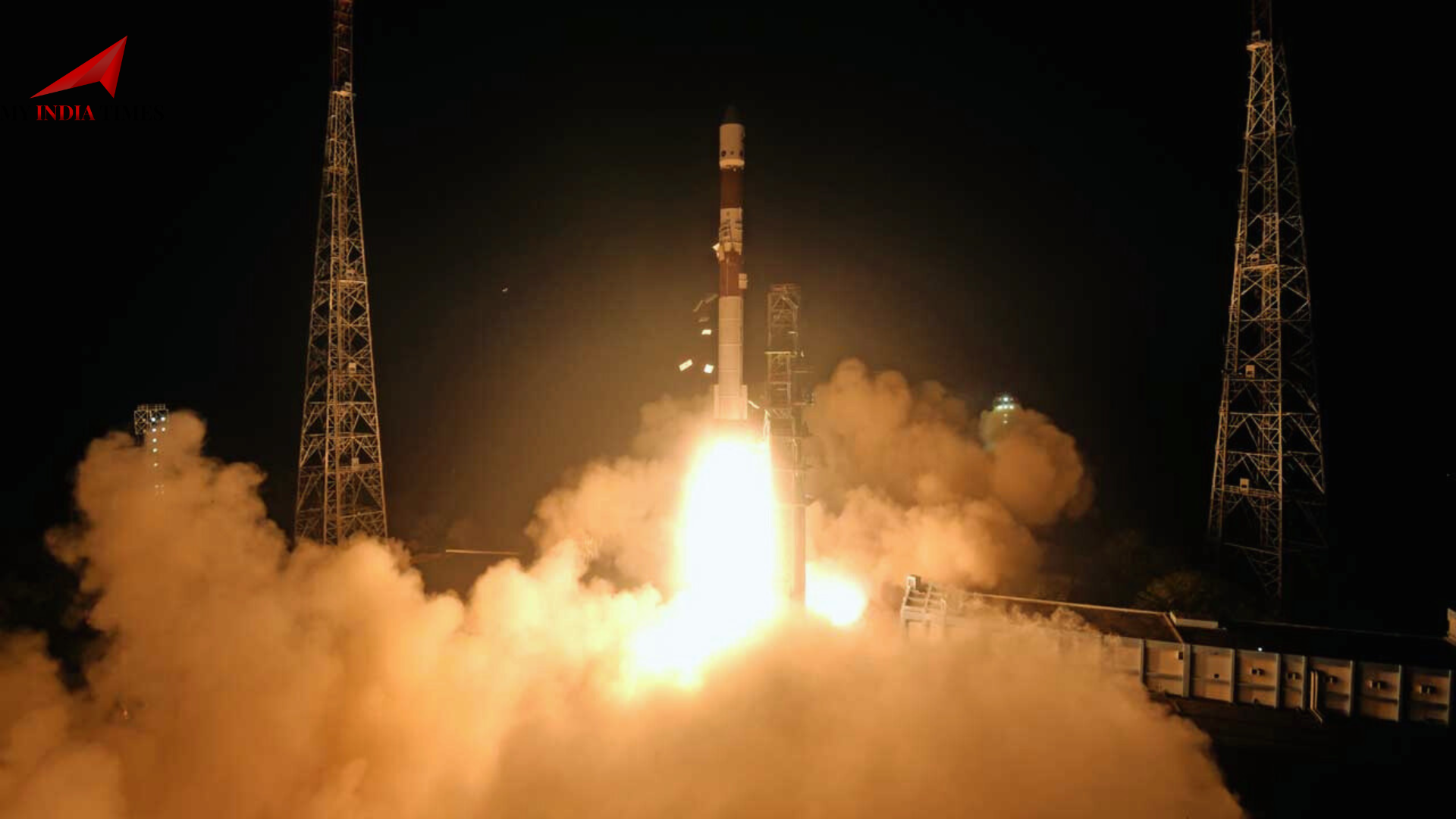

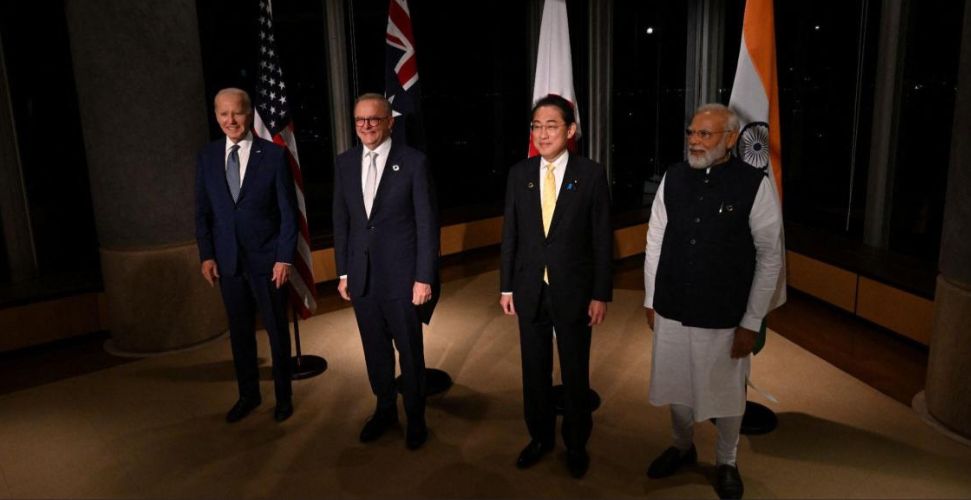

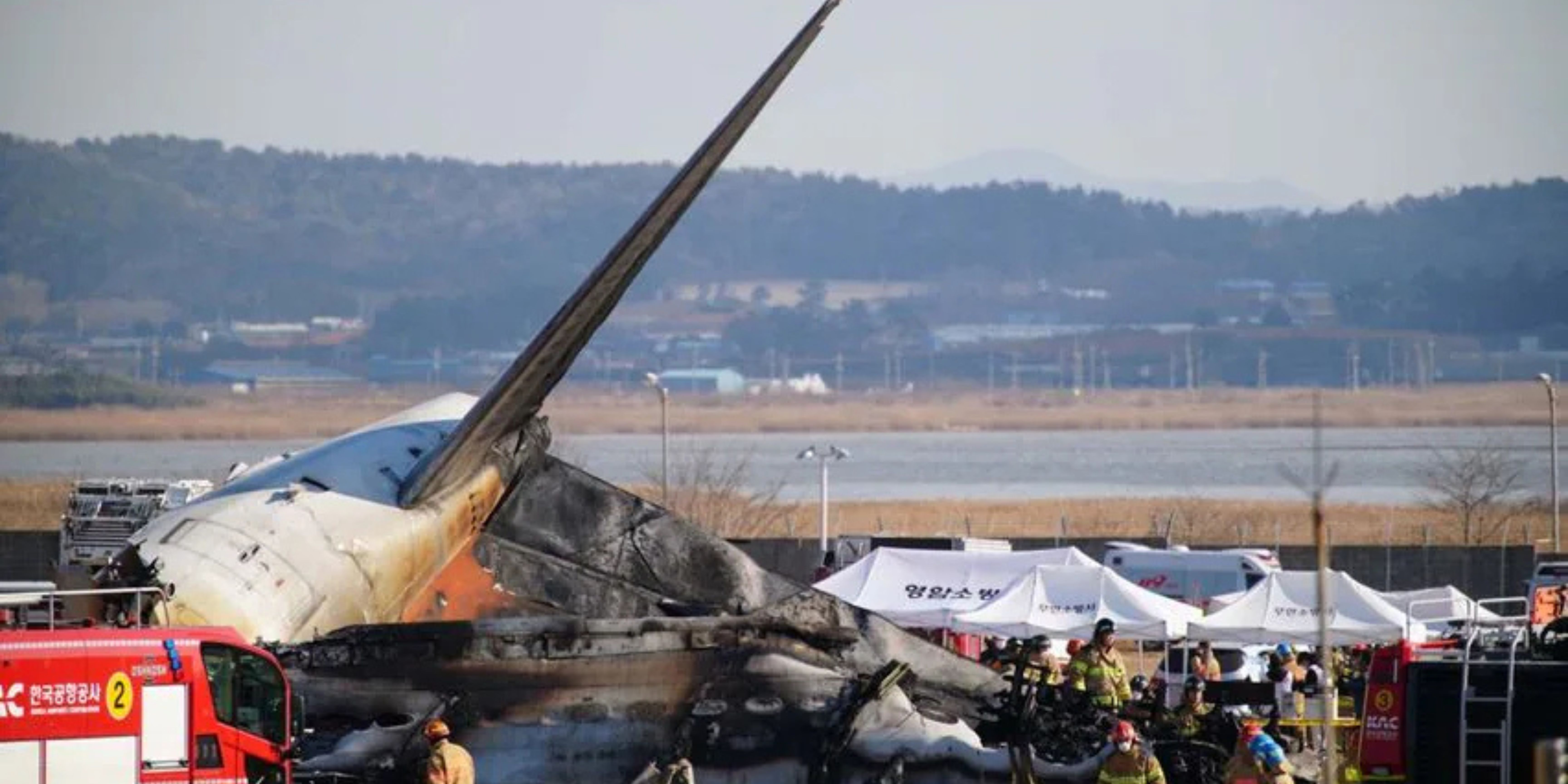
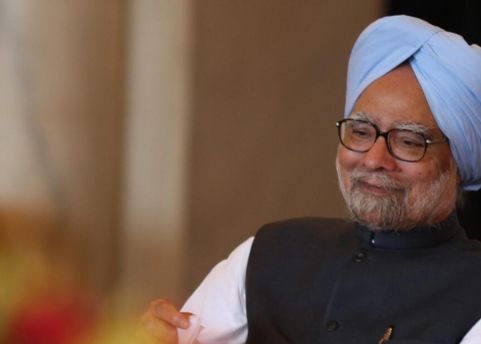

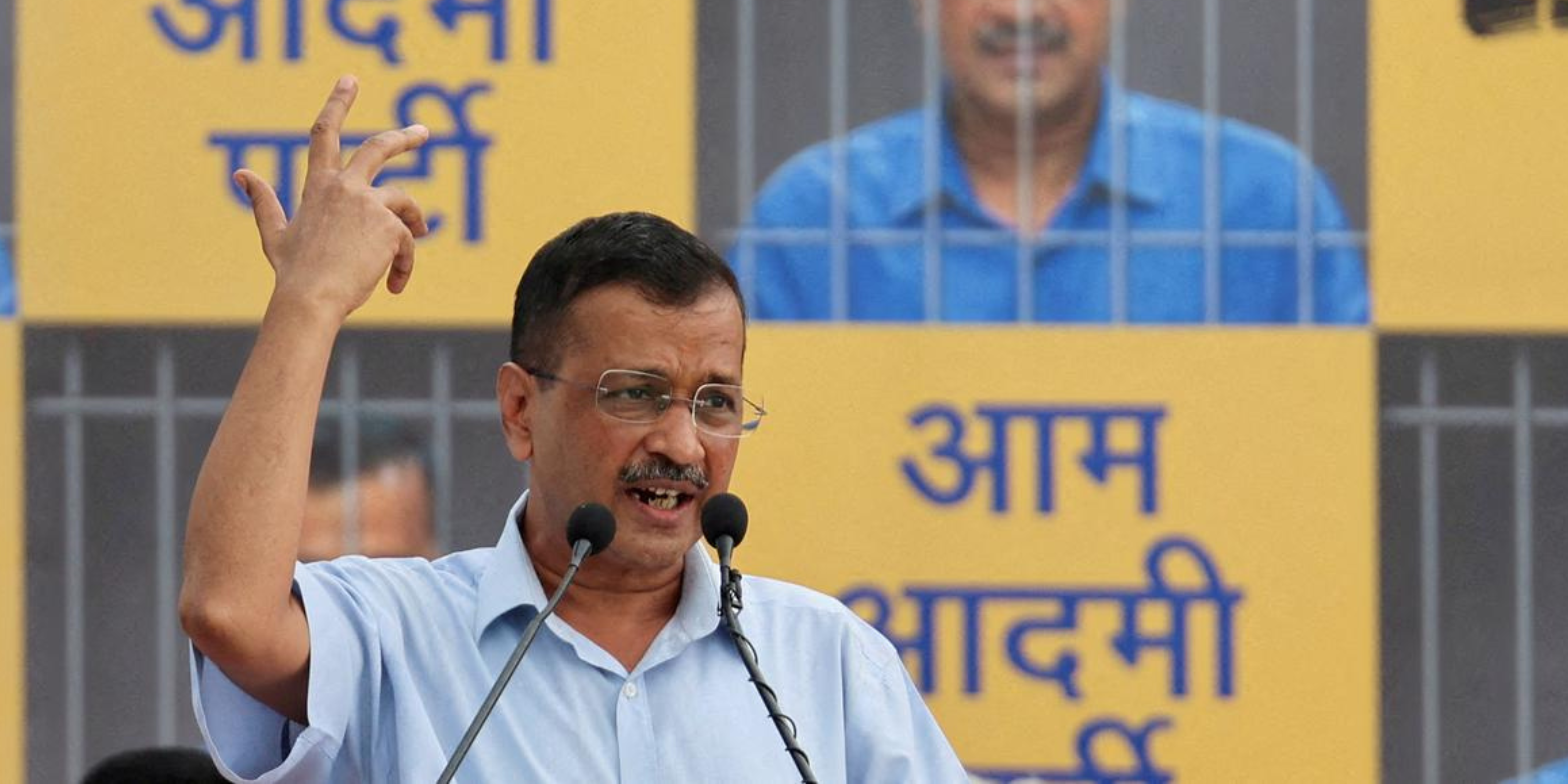

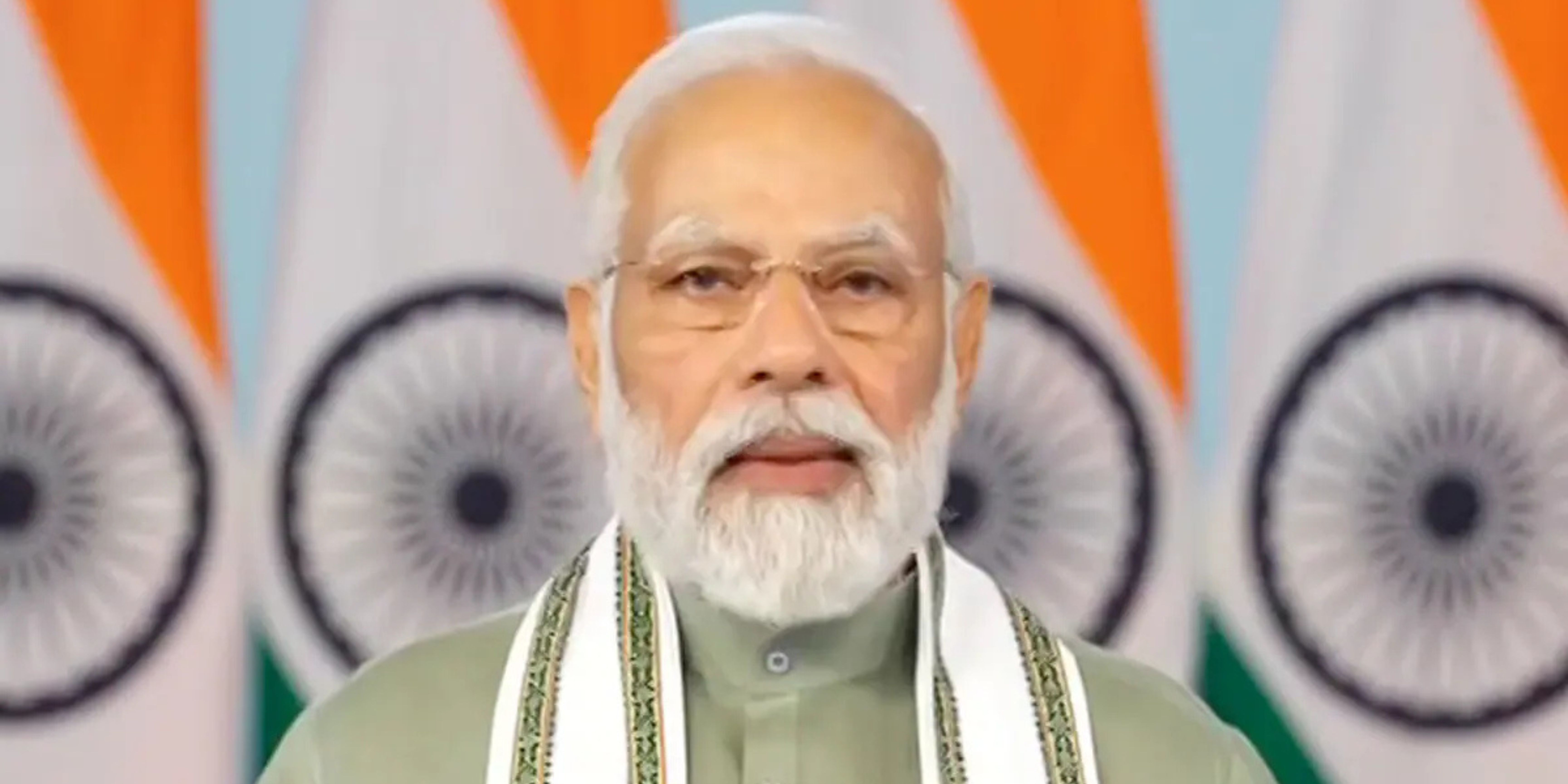
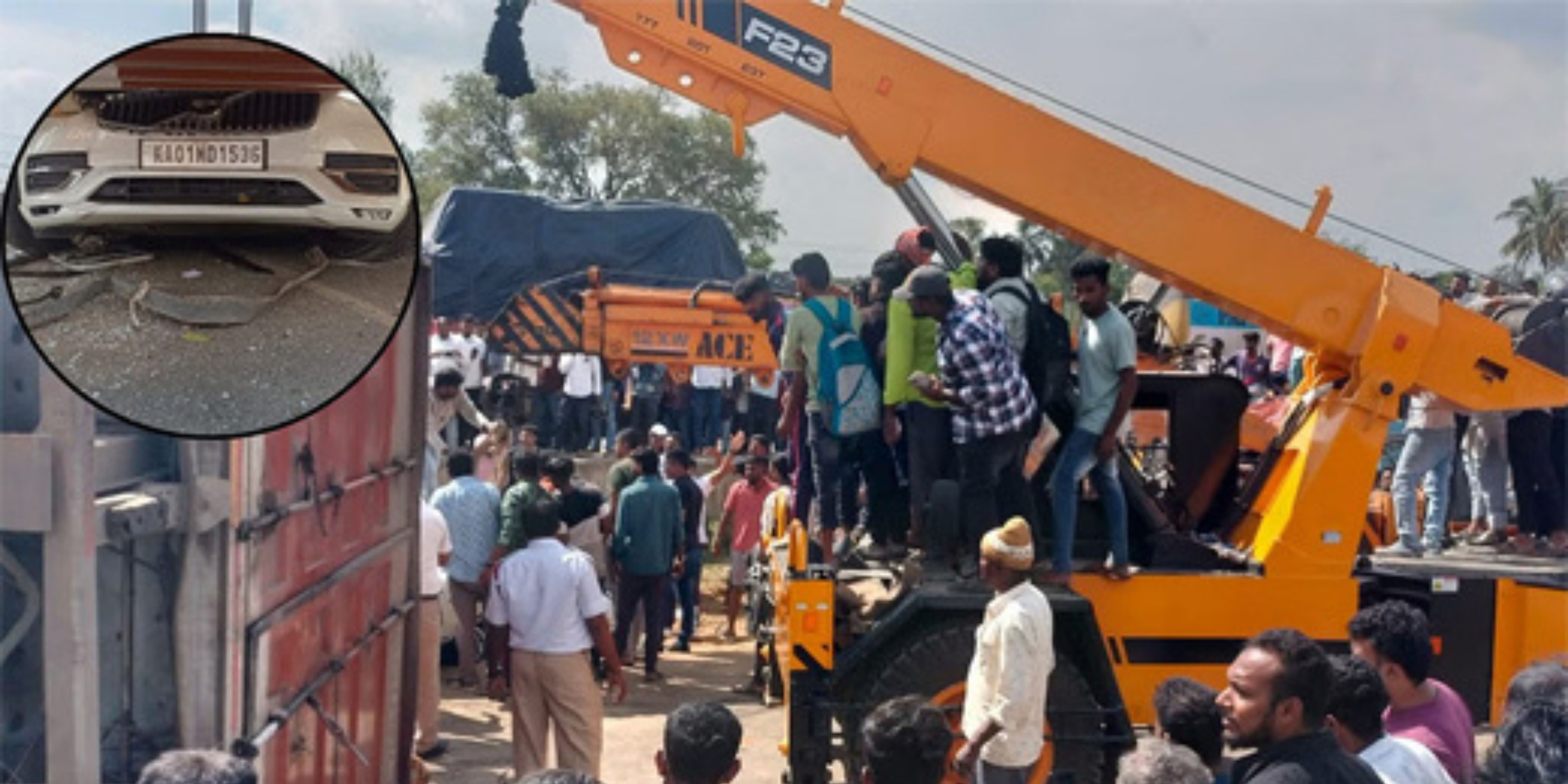




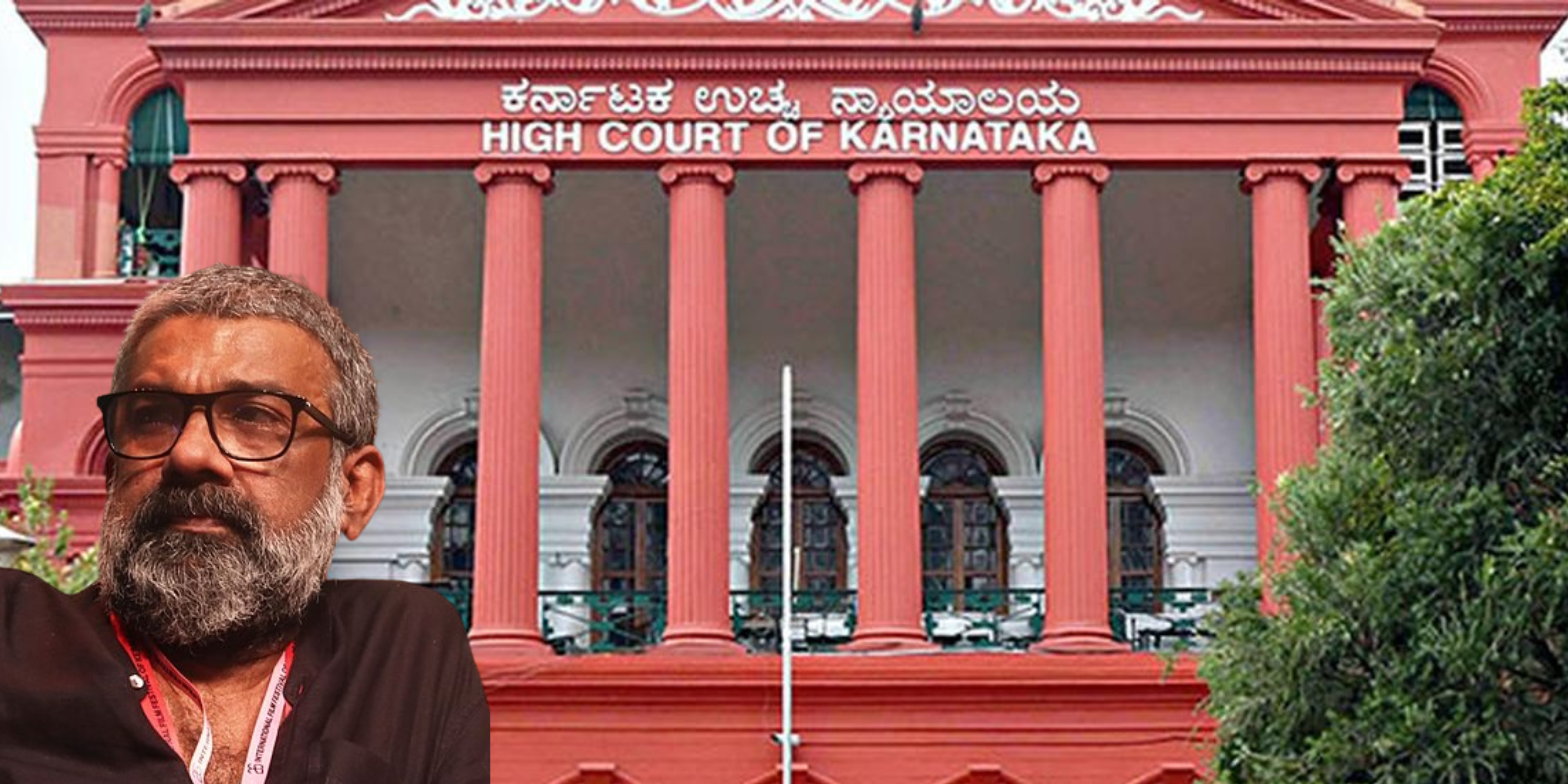
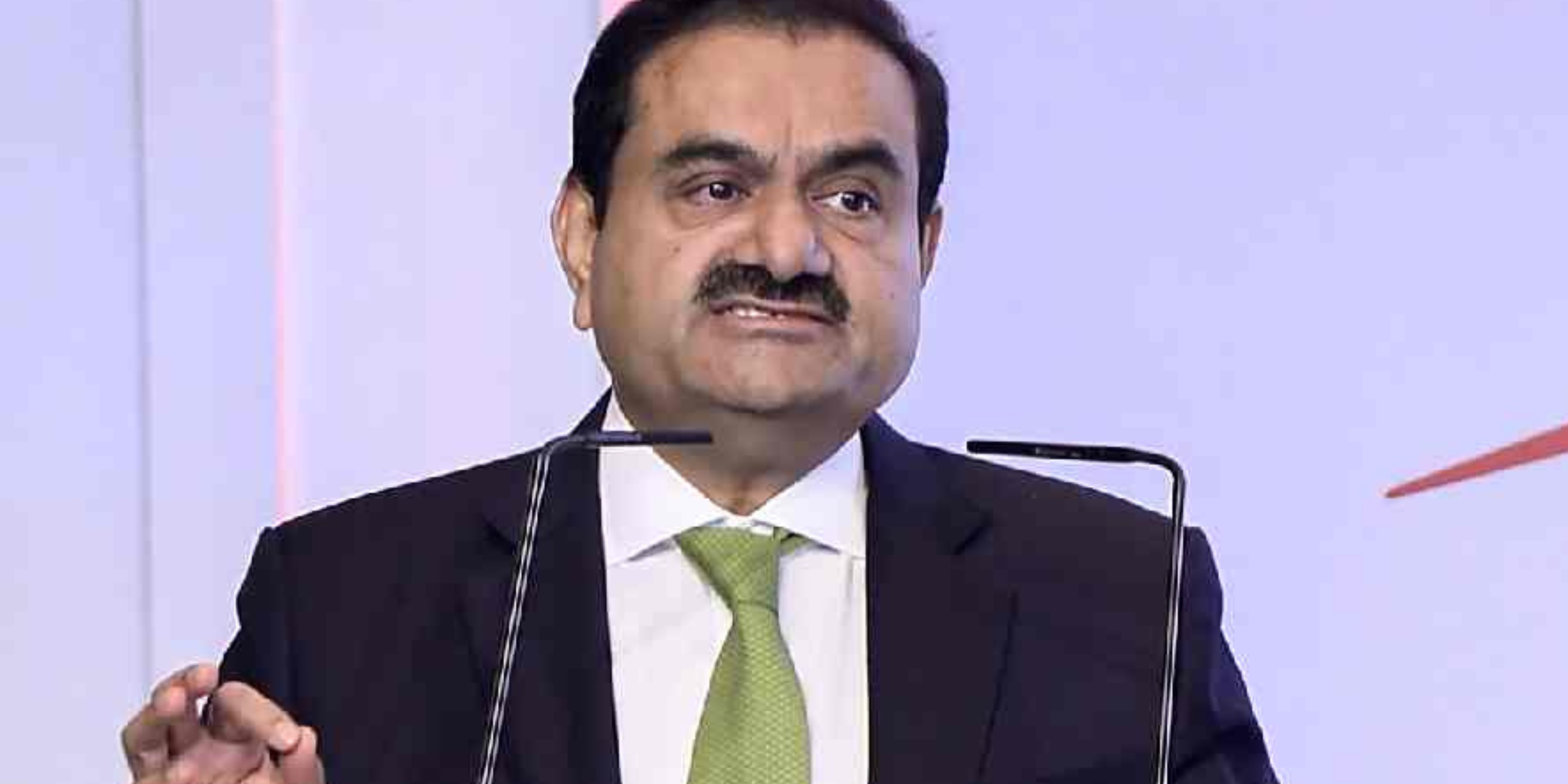

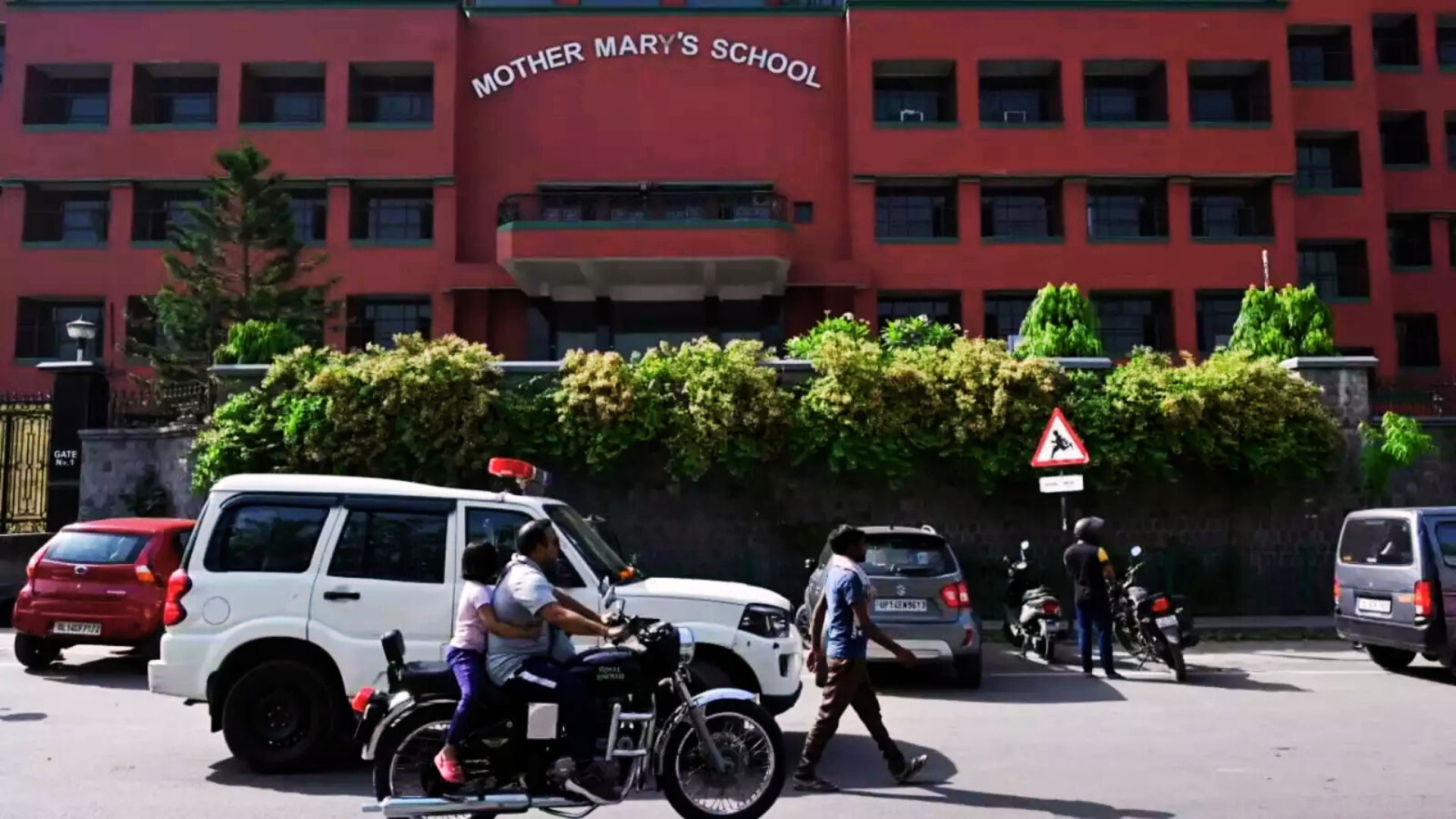
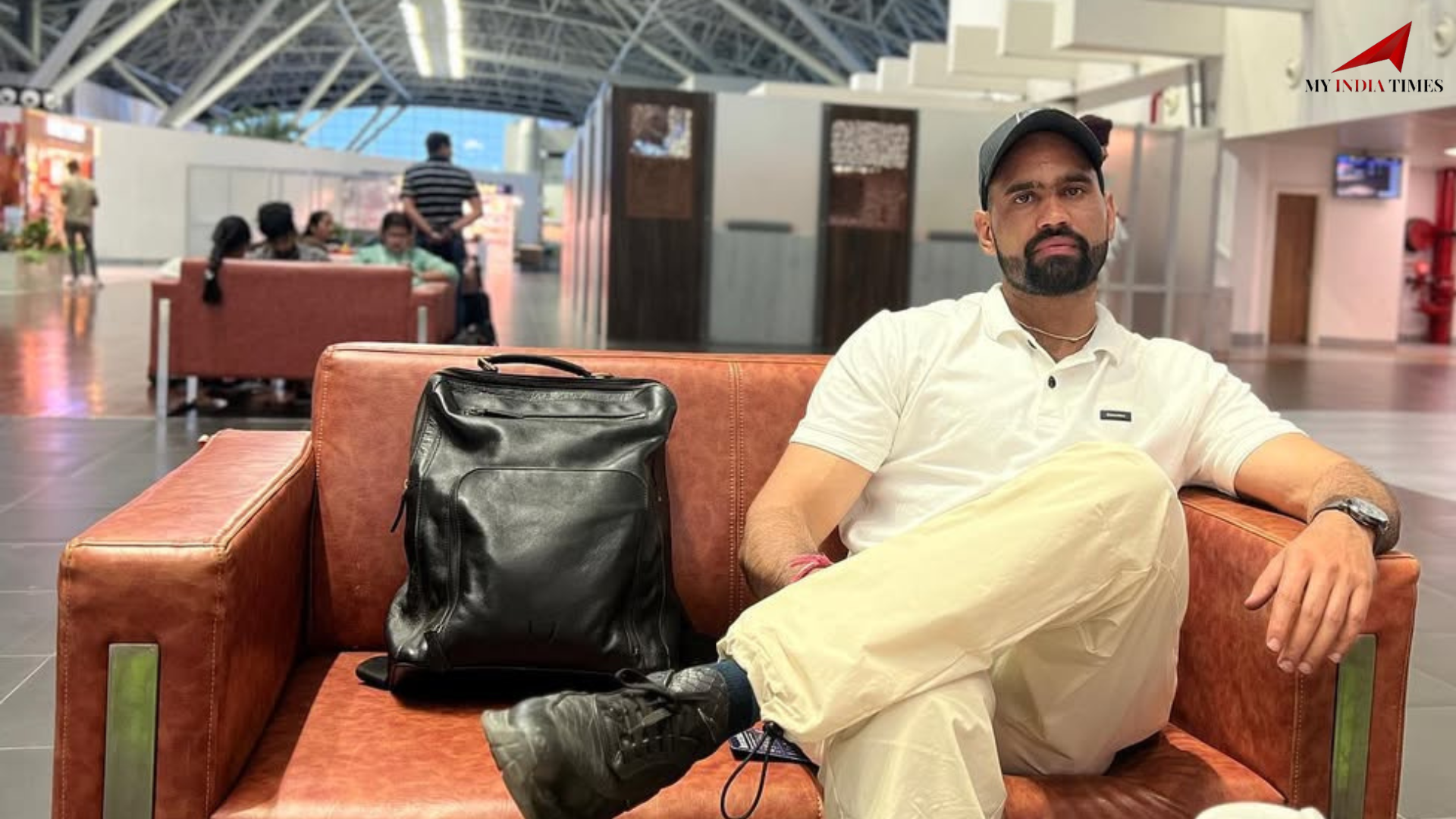

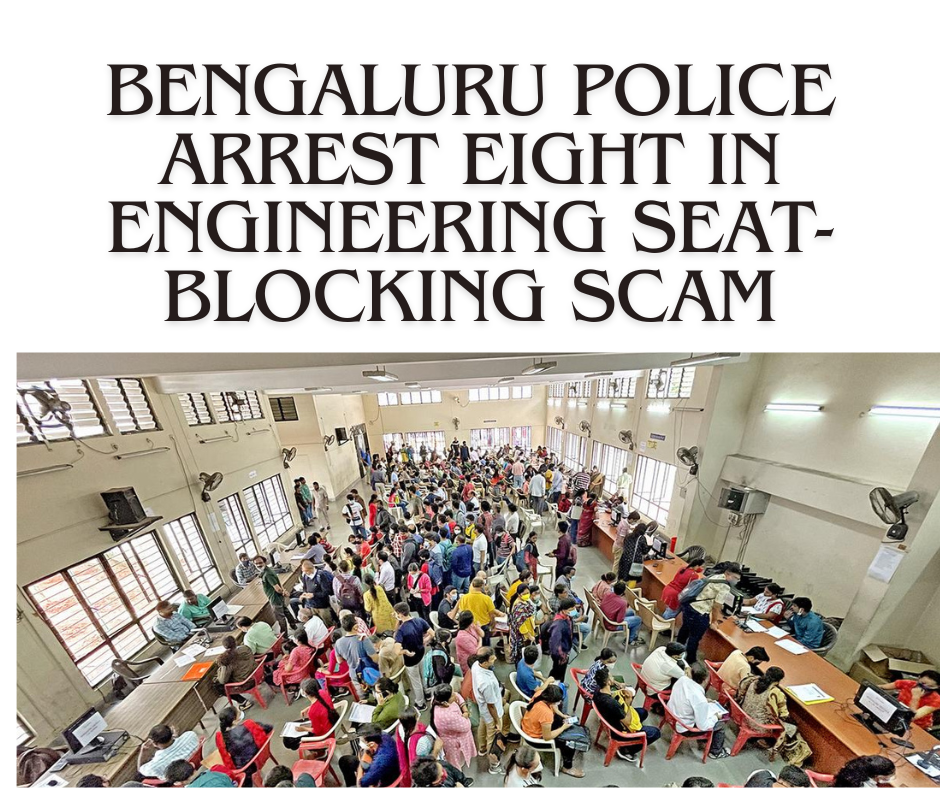
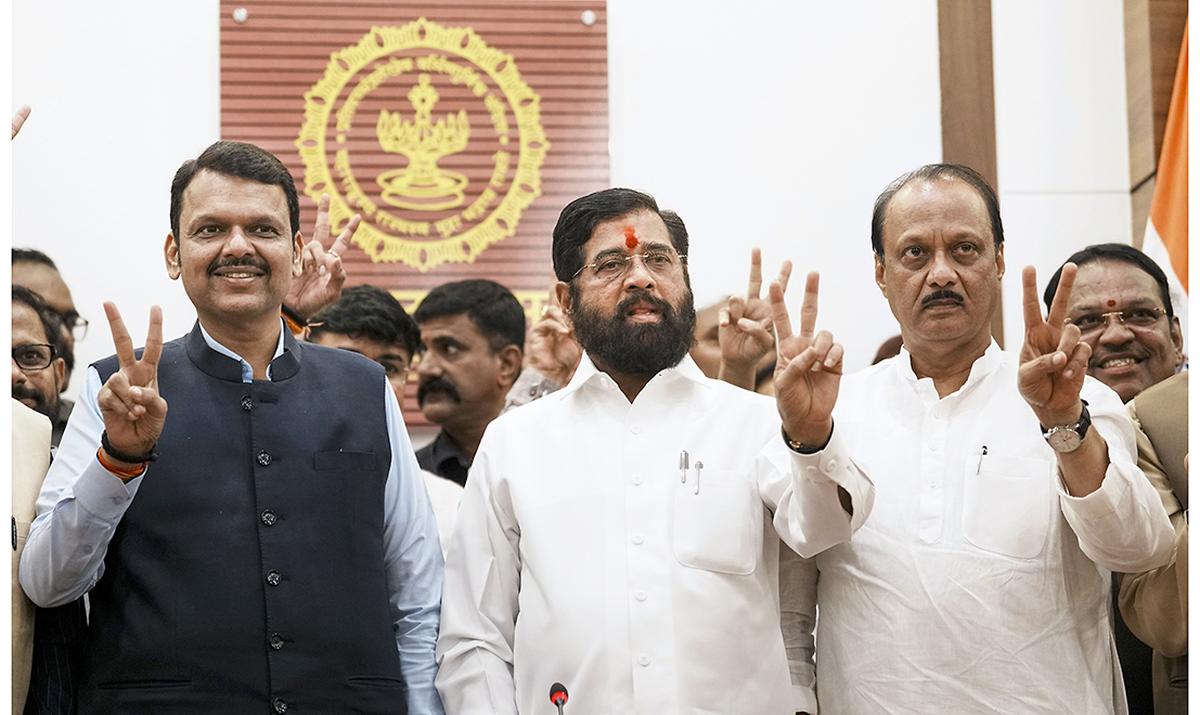
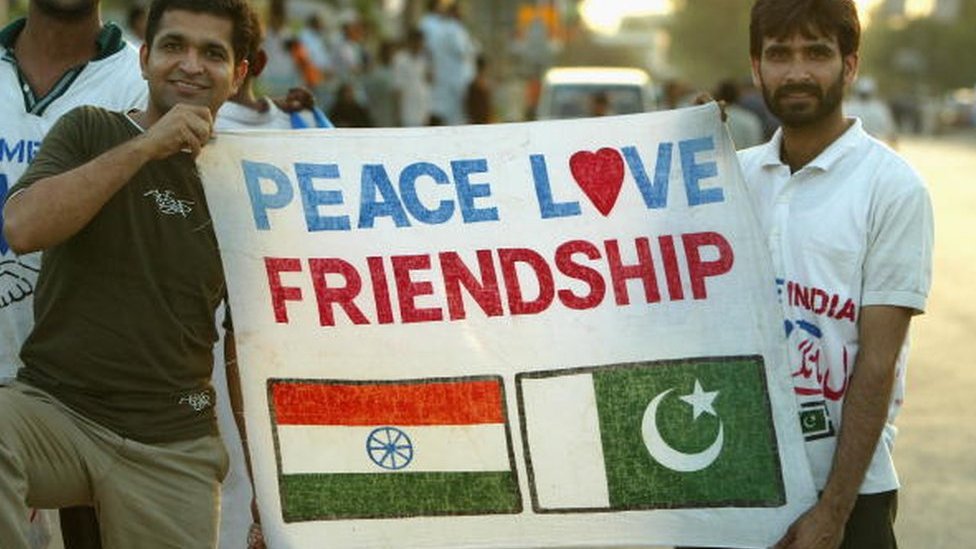
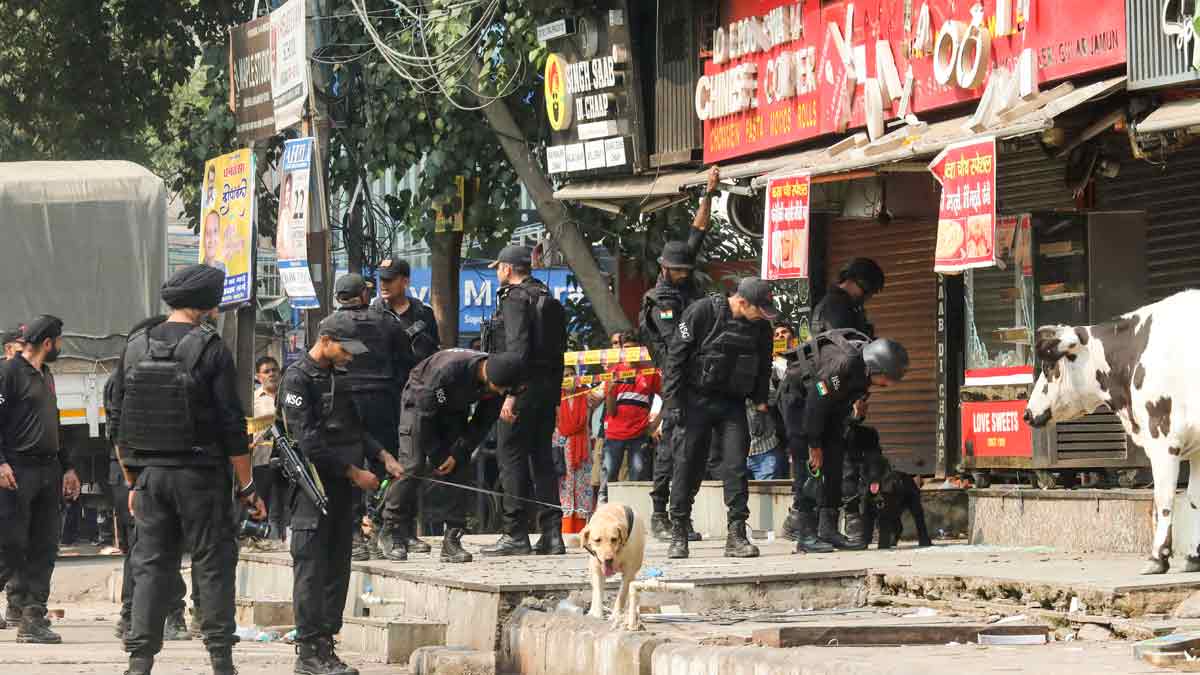
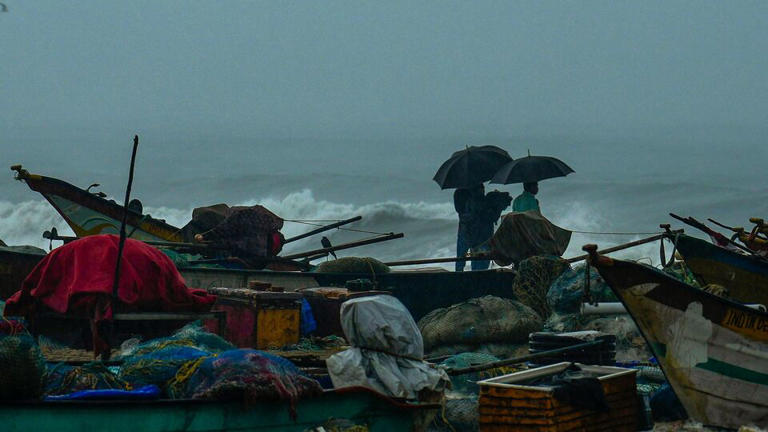

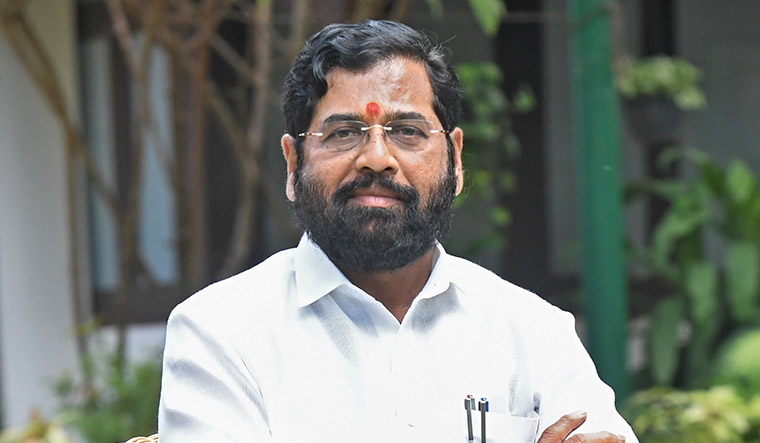
.png)
 (1).png)





